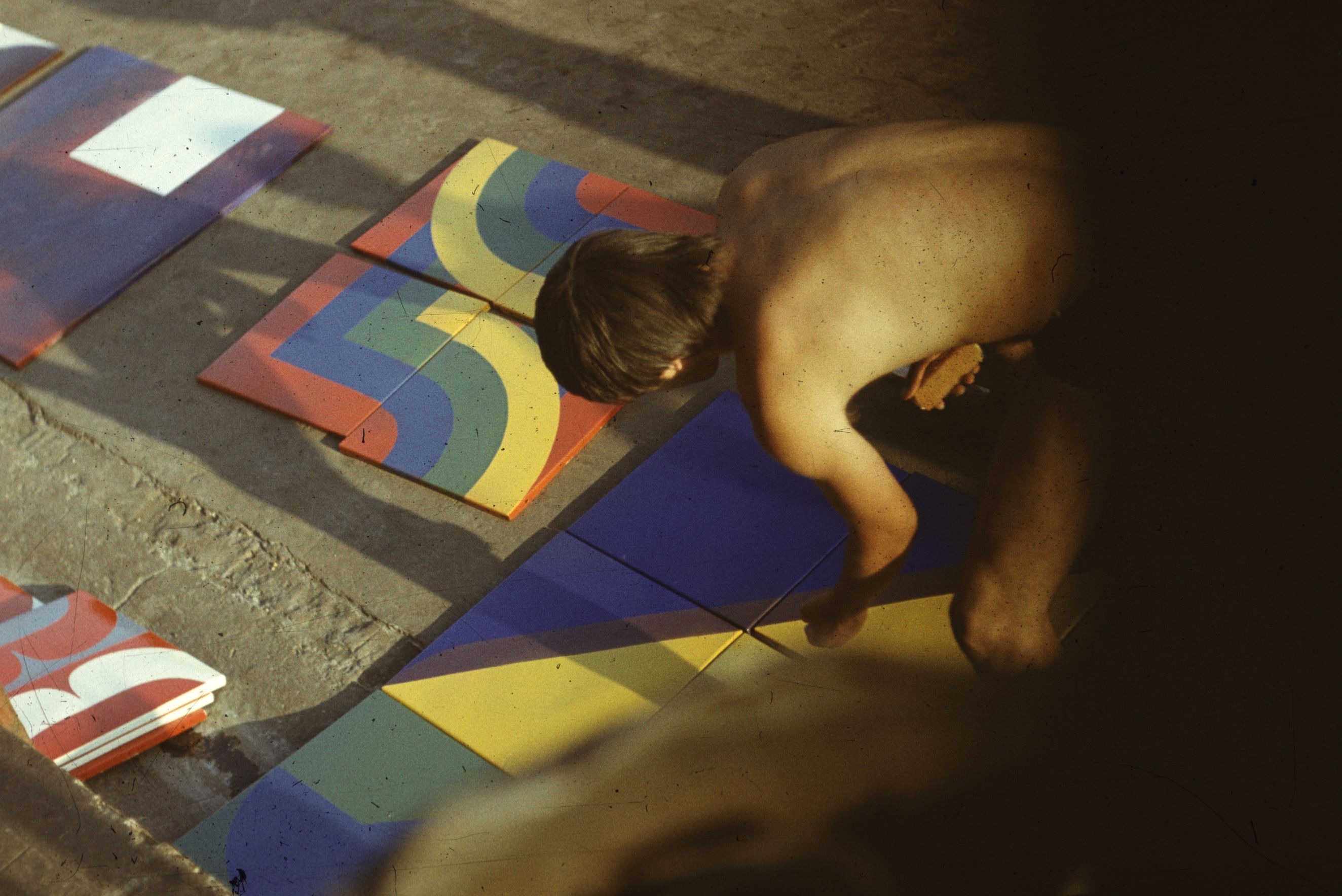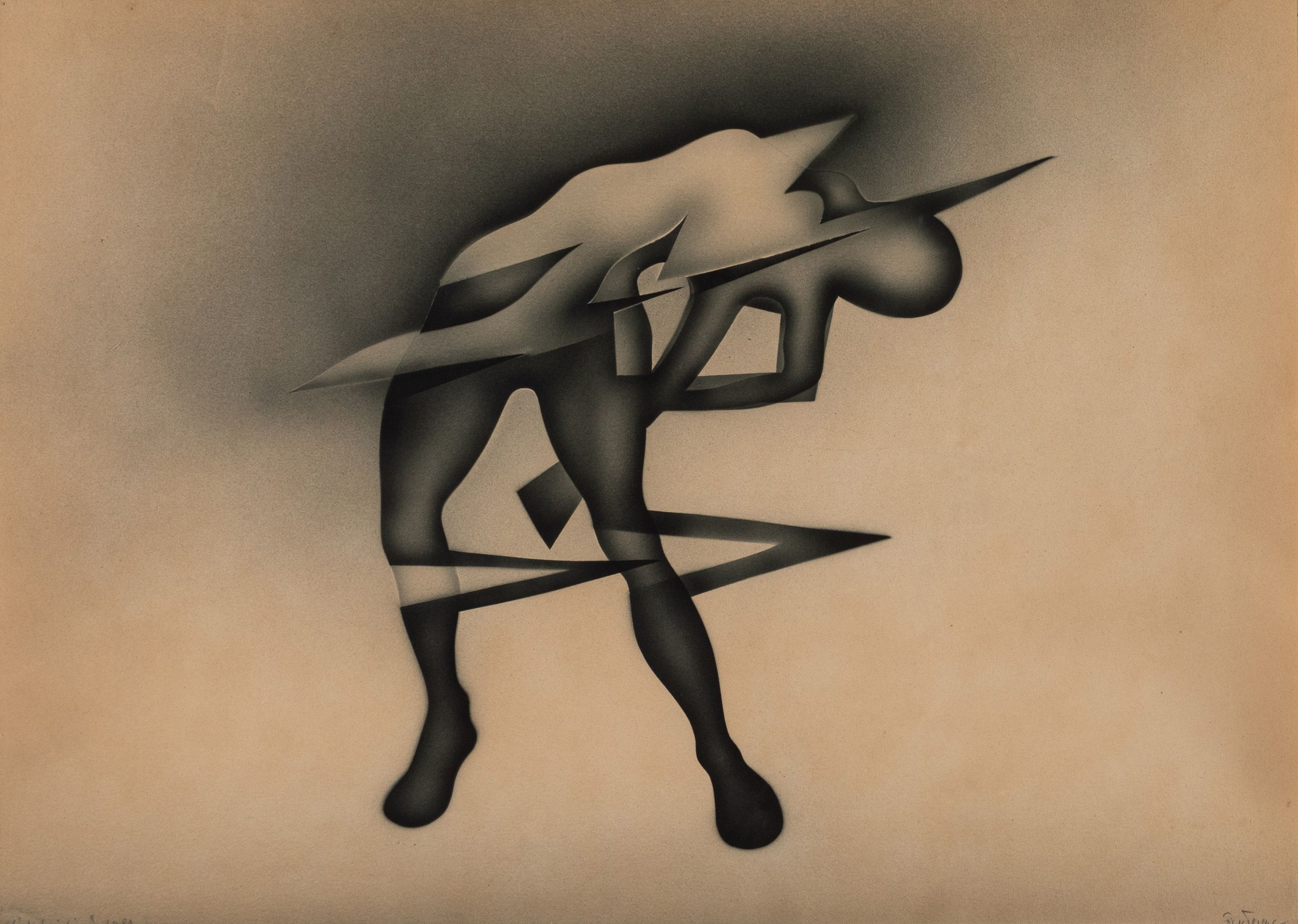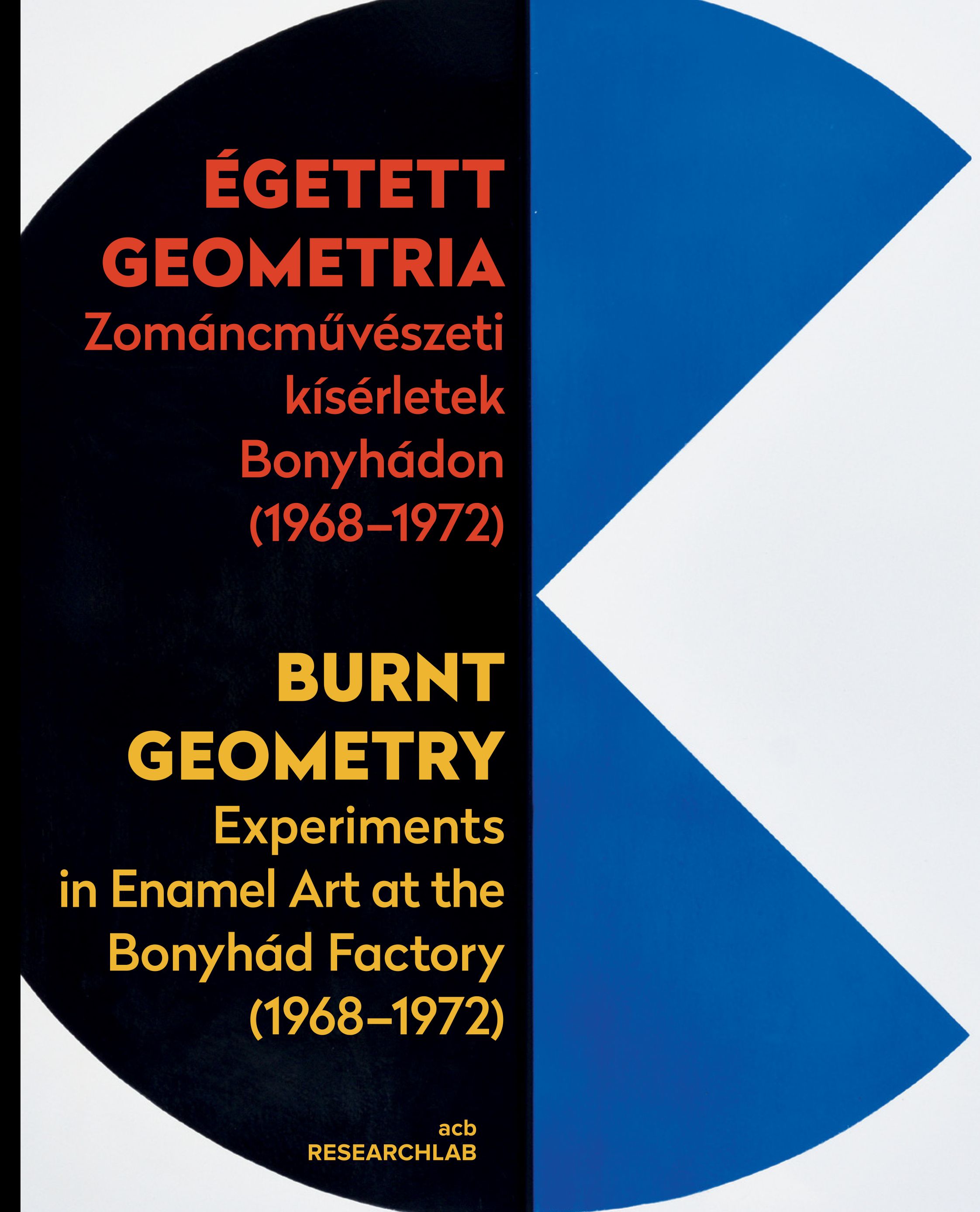Space Marks - Viewing Room
In Memory of László Beke (1944-2022)
acb Gallery presents its latest online project; the viewing room complementing acb Attachment's previous exhibition between 14 January – 18 February 2022.The presentation is showcasing rarely-seen works including the video consisting of two interviews conducted with Sándor Pinczehelyi and Imre Bak. In the video, the artists speak about the Architectural Enamel Art Camp in Bonyhád explored in acb's several recent projects and publications, as well as art historian László Beke's project Work = the Documentation of Imagination/Idea, which is regarded as the first collection of Hungarian conceptual art. In 1971, Beke invited 28 artists to send him ideas and sketches of their works that were yet to be realized or that existed only in form of conceptual speculation or in the artist's imagination. Some of the actual artworks sent to Beke's call as reproductions are now presented in the viewing room. In addition to that, acb presents three enamel works by painter Imre Bak, executed in 2022 according to the precise sketches the artist made almost fifty years ago, but eventually never realized. The editioned works have been created in the Enamel Factory in Bonyhád under Bak's supervision. The pieces are first presented to the public in the frames of this viewing room.

In recent years, much attention has been directed to the art experiments that took place at the Bonyhád Enamel Factory during the late sixties and early seventies. These activities, initiated by Kamill Major and later Ferenc Lantos, took shape in 1968 as the “Architectural Enamel Art Camp” with the participation of Gyula Pauer, Tihamér Gyarmathy and Oszkár Papp. From 1969 to 1972, members of the Pécs Workshop – which had formed from a group of Lantos’s students (Ferenc Ficzek, Károly Hopp-Halász, Károly Kismányoky, Sándor Pinczehelyi, Kálmán Szijártó, and initially Lajos Szelényi) – regularly attended the art camp in Bonyhád (then, from 1970 onwards, in Mecseknádasd). In 1970 and 1972, the list of participants, among others, came to also include such representatives of geometric abstract art as Imre Bak and János Fajó. In interpreting the events that occurred at Bonyhád, significant insights have been gained not only from the shows and publications of the acb Gallery and its exhibition projects in cooperation with the Vasarely Museum and the Janus Pannonius Museum, but also from the exhibitions entitled Separate Ways – Karl-Heinz Adler and Hungarian Abstraction (Kiscelli Museum/Kassák Museum, 2017), and 1971– Parallel Nonsynchronism (Kiscelli Museum, 2018/9). By bringing to the fore the considerations and international aspects that emerged during the memorable "abstraction debate" of the 1960s, these exhibtions have helped outline the context in which linking fine arts with architecture and industry offered abstract art an alternative, and also – in the form of mural works of art – the opportunity to benefit from more permissive climate of cultural policy. This viewing room as as well as the Space Marks research exhibition at acb Attachment (14 January – 18 February 2022) seek to nuance the relationship between the Hungarian symposium movement (which began in 1968 and reached its heyday in the 1970s) and the art activities that took place at the Bonyhád Enamel Factory. At the same time, the exhibition is also connected to the history of how these activities at the Bonyhád Factory (relating not only to enamel art) appeared on the avantgarde platforms of the era, thereby outlining the intersection of these two domains. The works on display are selected from the material – conceived mainly in the spirit of geometric abstraction – that members of the former Pécs Workshop (with the exception of Károly Hopp-Halász) submitted in response to a call for works announced in 1971 by art historian László Beke under the title Work = the Documentation of Imagination/Idea, which is regarded as the first collection of Hungarian conceptual art, sheds light on some heterogeneous interpretations of the relationship between art and ideas, based on the works of the artists whom Beke sought out in the early seventies.
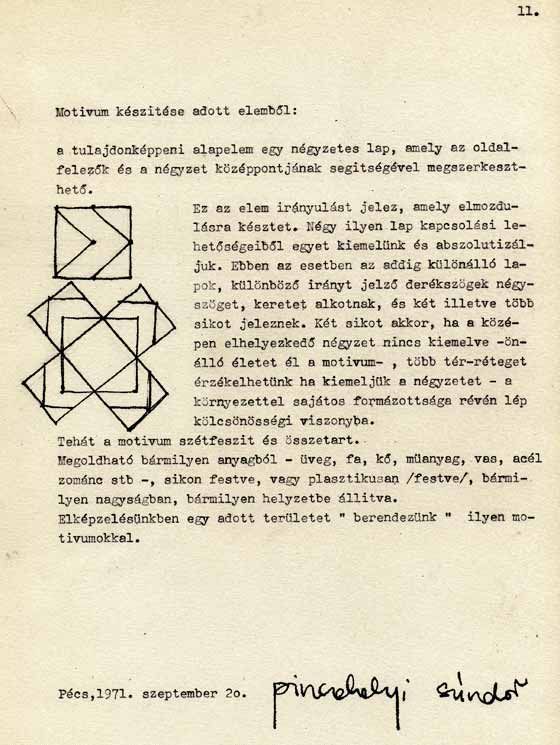
The works presented are selected from the material – conceived mainly in the spirit of geometric abstraction – that members of the former Pécs Workshop (with the exception of Károly Hopp-Halász) submitted in response to a call for works announced in 1971 by art historian László Beke under the title The Artwork = the Documentation of the Idea. Imagination/Idea, which is regarded as the first collection of Hungarian conceptual art, sheds light on some heterogeneous interpretations of the relationship between art and ideas, based on the works of the artists whom Beke sought out in the early seventies. In including enamel works and enamel designs tied to the activities in Bonyhád, the material submitted by the Pécs group – as pointed out by Róna Kopeczky, László Százados and Zsóka Leposa – introduced into this collection a kind of functional, but also dynamic, thinking about public space and the natural environment, based on considerations that were modernist but also urbanistic, as inspired by Vasarely’s work. In addition to the variability and seriality inherent in enamel art, its categorisability as applied art also played a particularly important role in this respect. This point is evidenced not only by Lantos’s letter submitted in response to the call, but also by Sándor Pinczehelyi’s semiotics-inspired montages, which question the traditions of commemorative monument building. Ferenc Ficzek’s cube addresses the problem of creating and perceiving space, while also bearing traces of Gyula Pauer’s pseudo and Vasarely’s method built on illusory effects. The work, which was included in the Imagination/Idea material only in the form of a “draft”, can also be brought in connection with this thought, while Ficzek’s spray-painted “imprints” are based on found objects. The chain of thought that connects the initial planning stages of the artwork with experiments in form and medial variations, and, then, with the execution phase, can clearly be traced in the documents entered by Kálmán Szijártó and Károly Kismányoky, a selection of which is presented at the exhibition. The rhythm of their joint land art actions – which were closely related to the artists’ stay in Bonyhád, also bringing to the foreground the ties created between geometric forms and the natural environment – and the element of the paper ribbons woven through the trees and the landscape are also echoed in Kismányoky’s enamel art. Taken together, these reflect back the interconnections between the varied forms arising from the different motifs, genres, techniques, and conceptualisations of space.
Károly Kismányoky

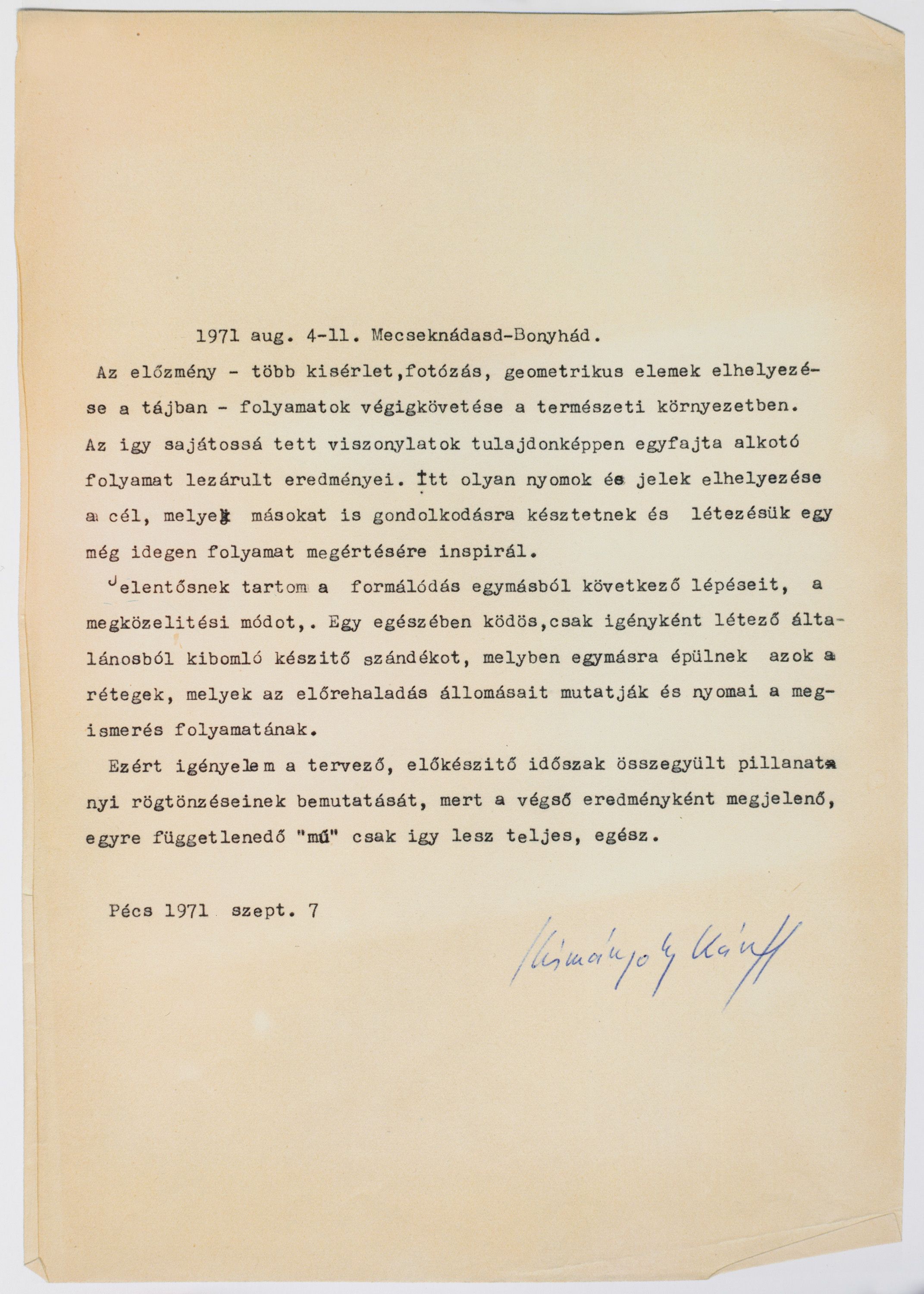
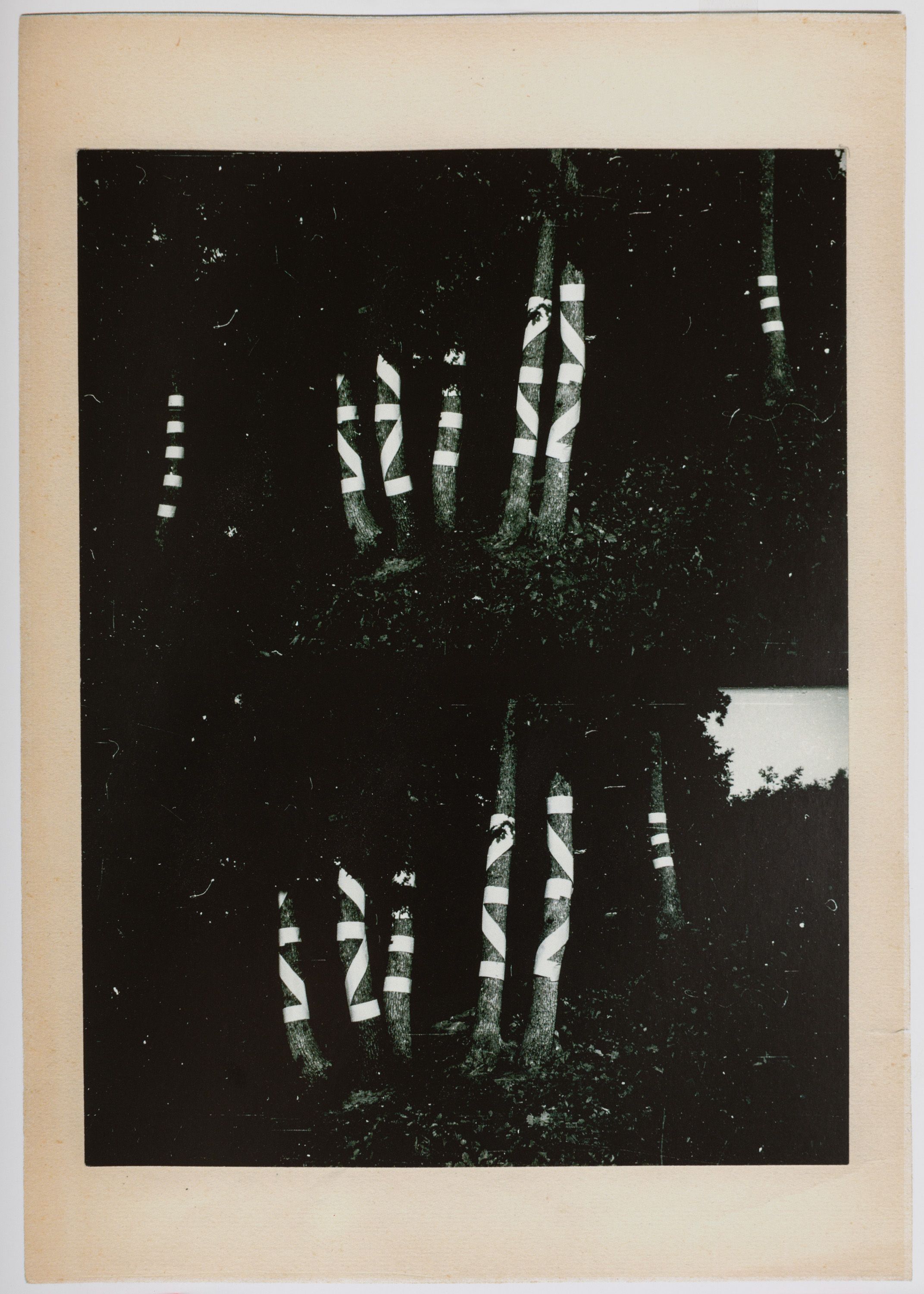
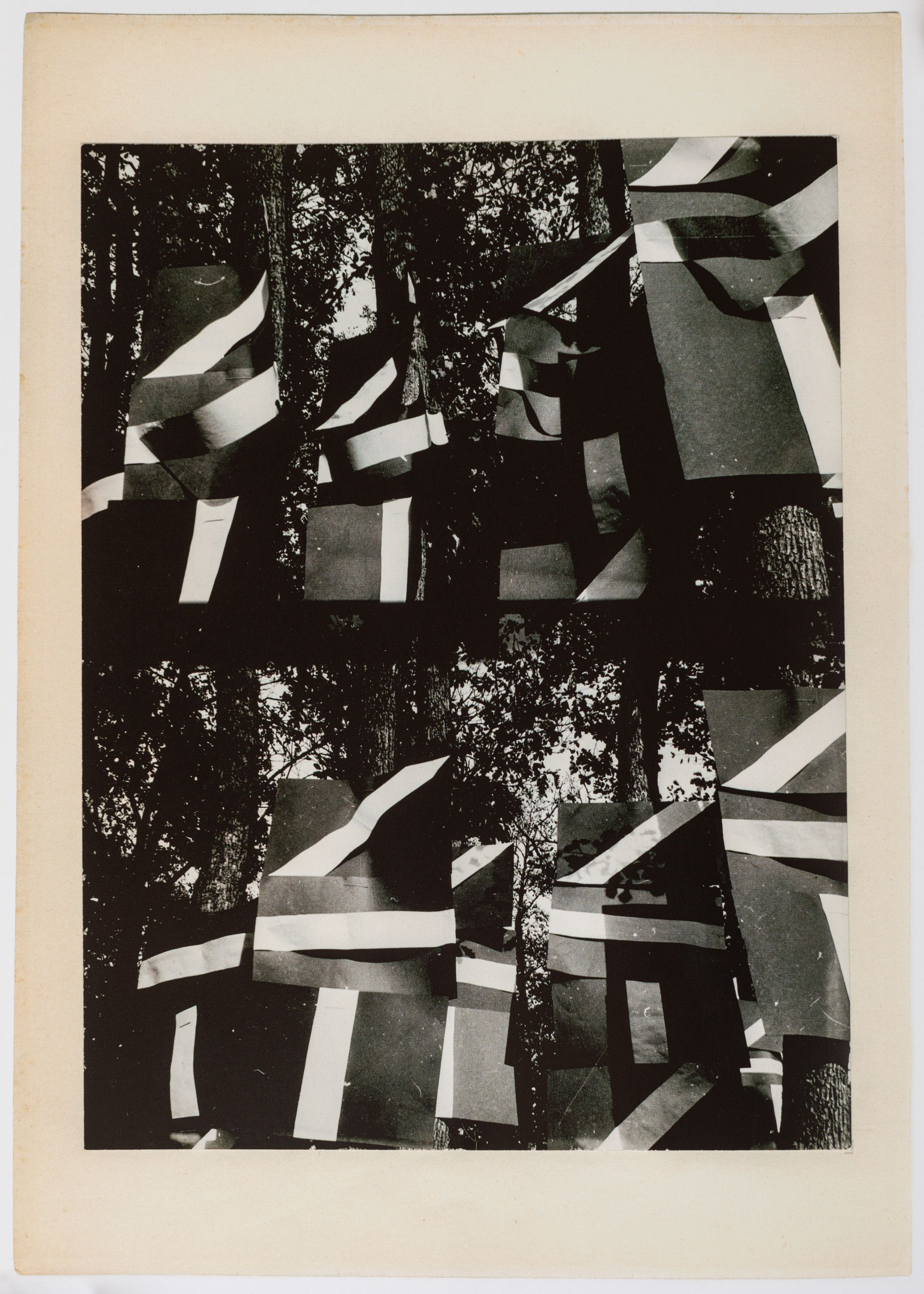
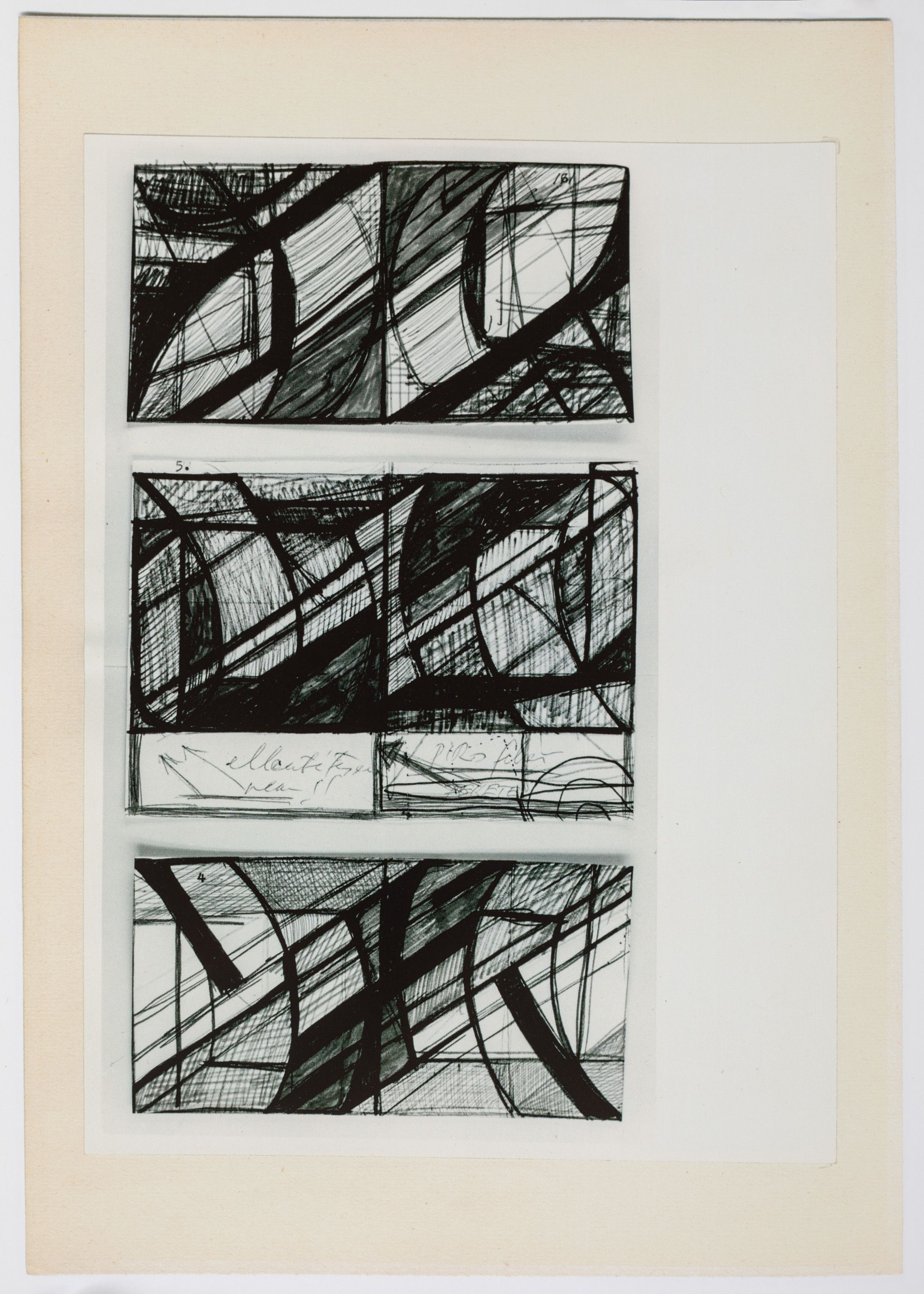
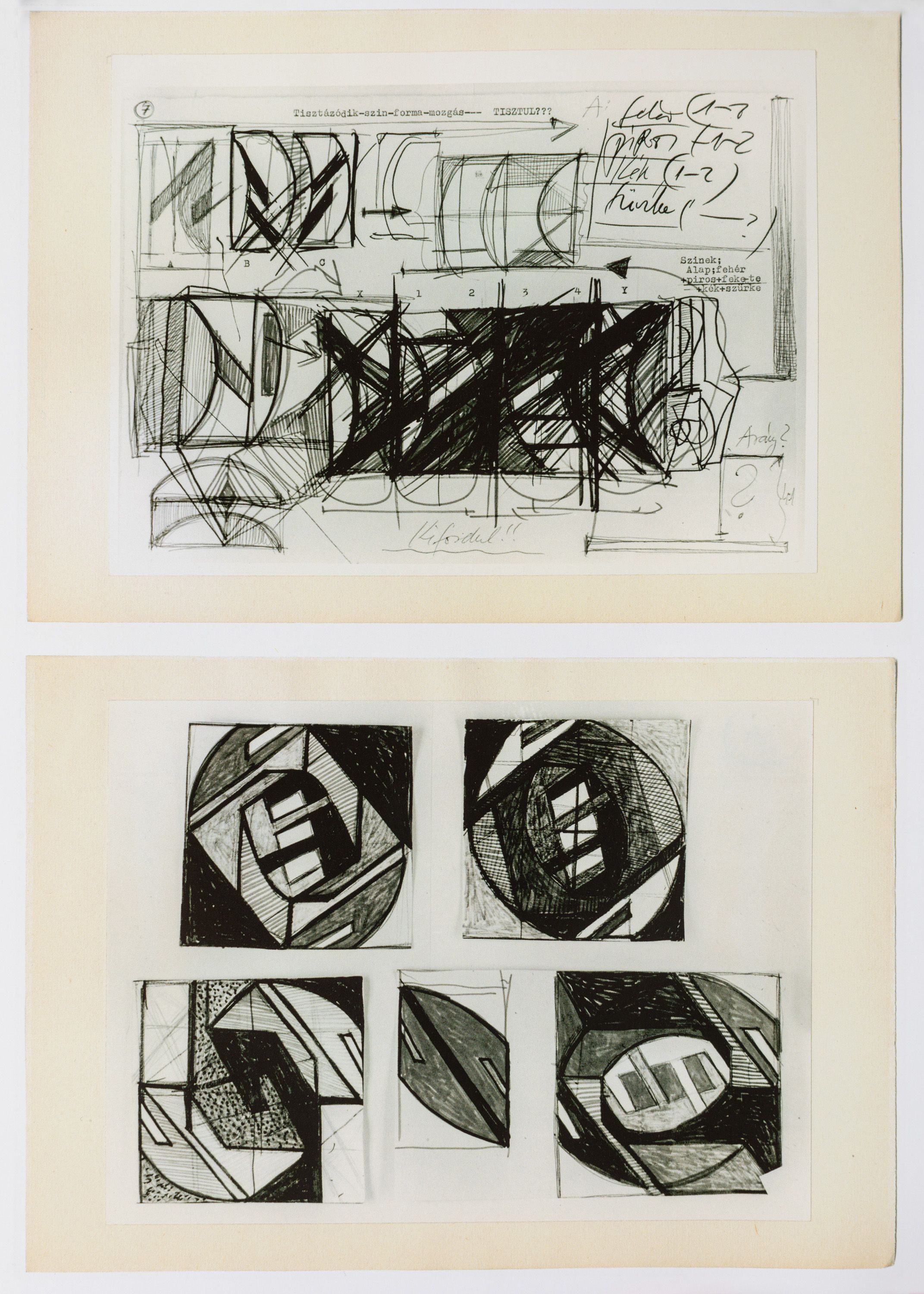



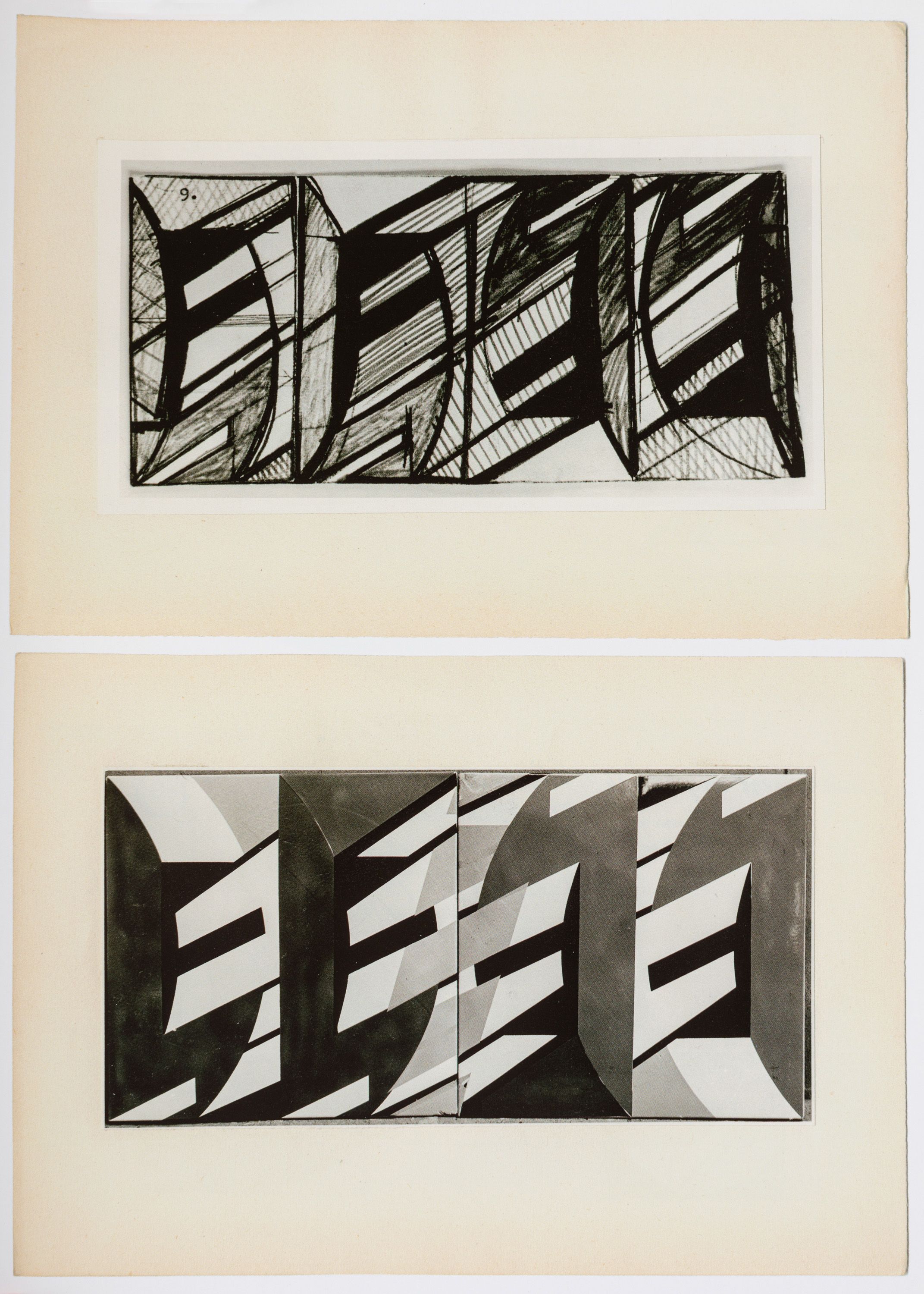

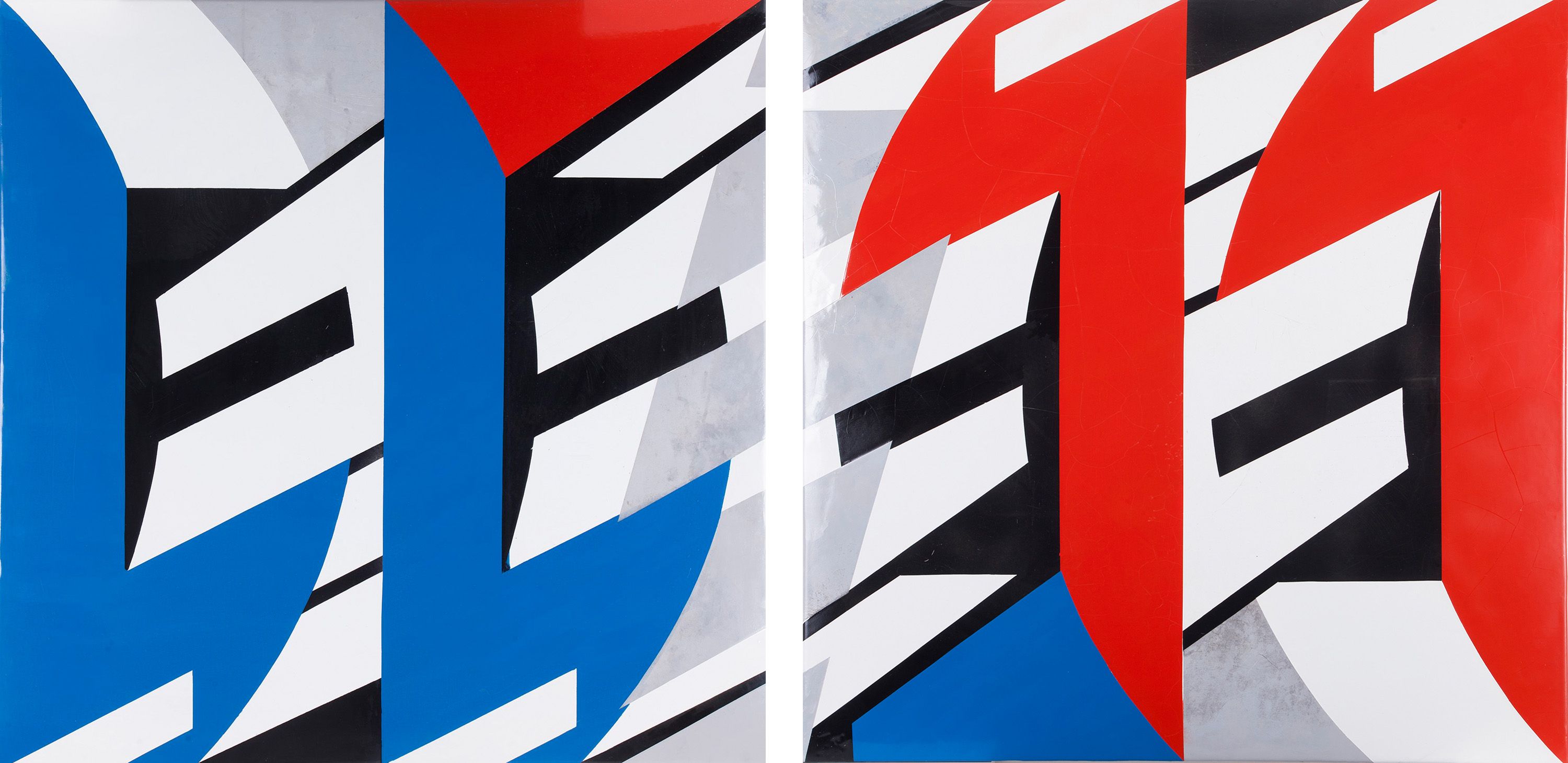
Károly Kismányoky
Relation, 1971
enamelled steel plate
Info & Inquire

Károly Kismányoky
Relation, 1971
monoprint screen printing with paper cut outs
29.7 × 21 cm
Inquire
Károly Kismányoky
Relation, 1971
enamelled steel plate
99 × 97 cm
Inquire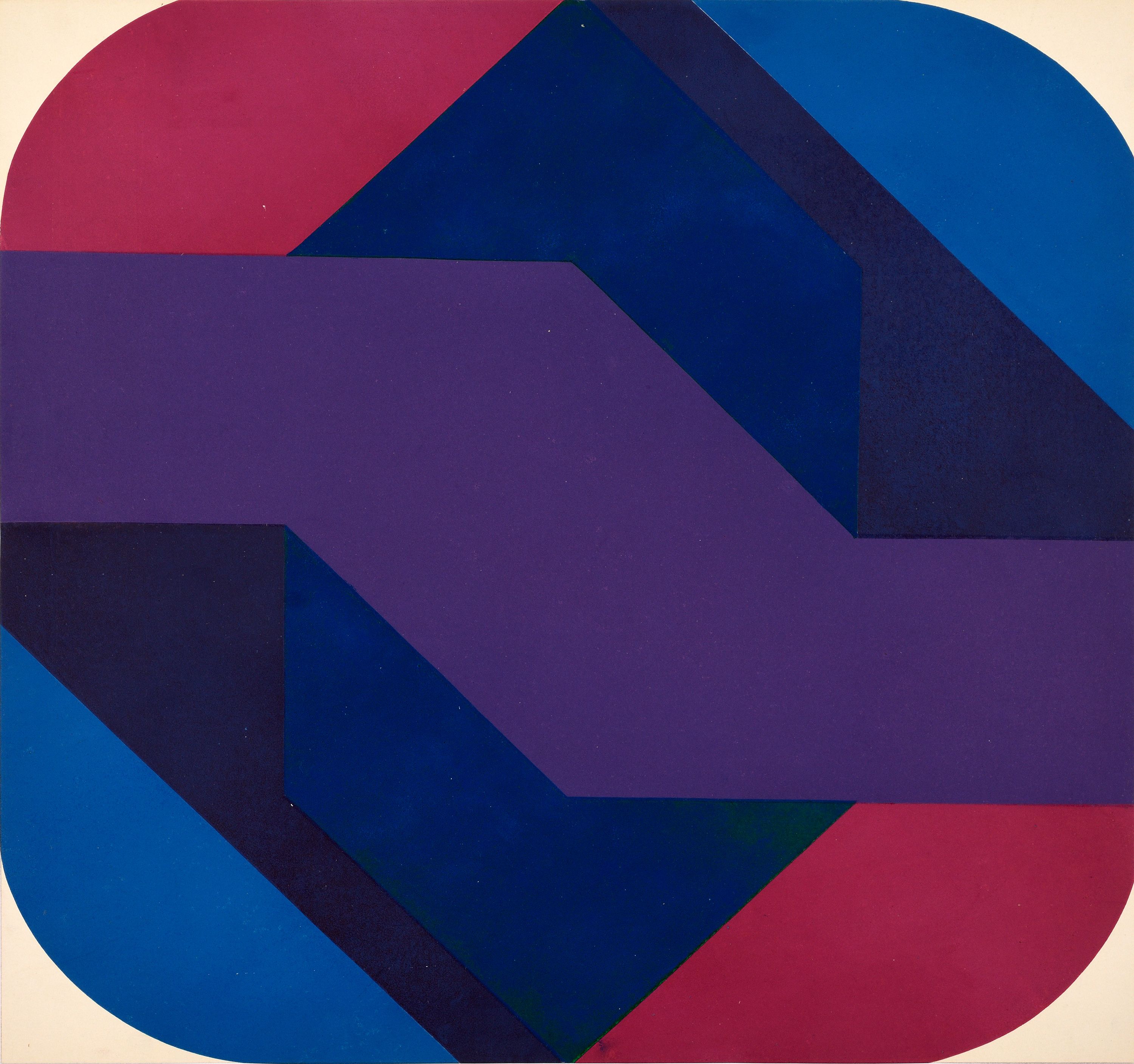
Károly Kismányoky
Relation II., 42.5
monoprint screen printing with paper cut outs
42.5 ×
Inquire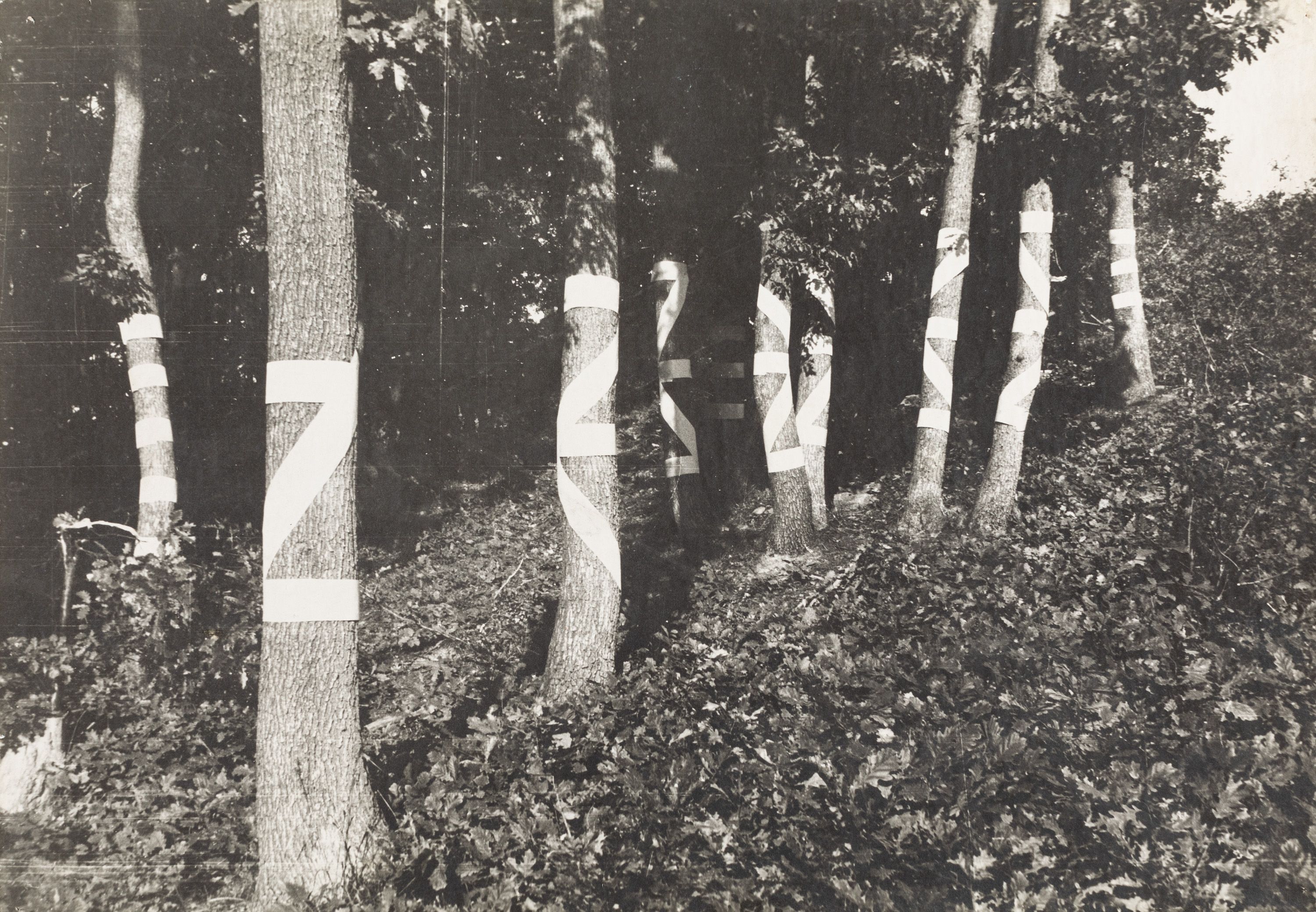
Károly Kismányoky
"Forest". Ordered - unordered signs; signs becoming unordered, 1970
gelatin silver print on Docubrom paper mounted on cardboard
29.3 × 42 cm
InquireFerenc Ficzek

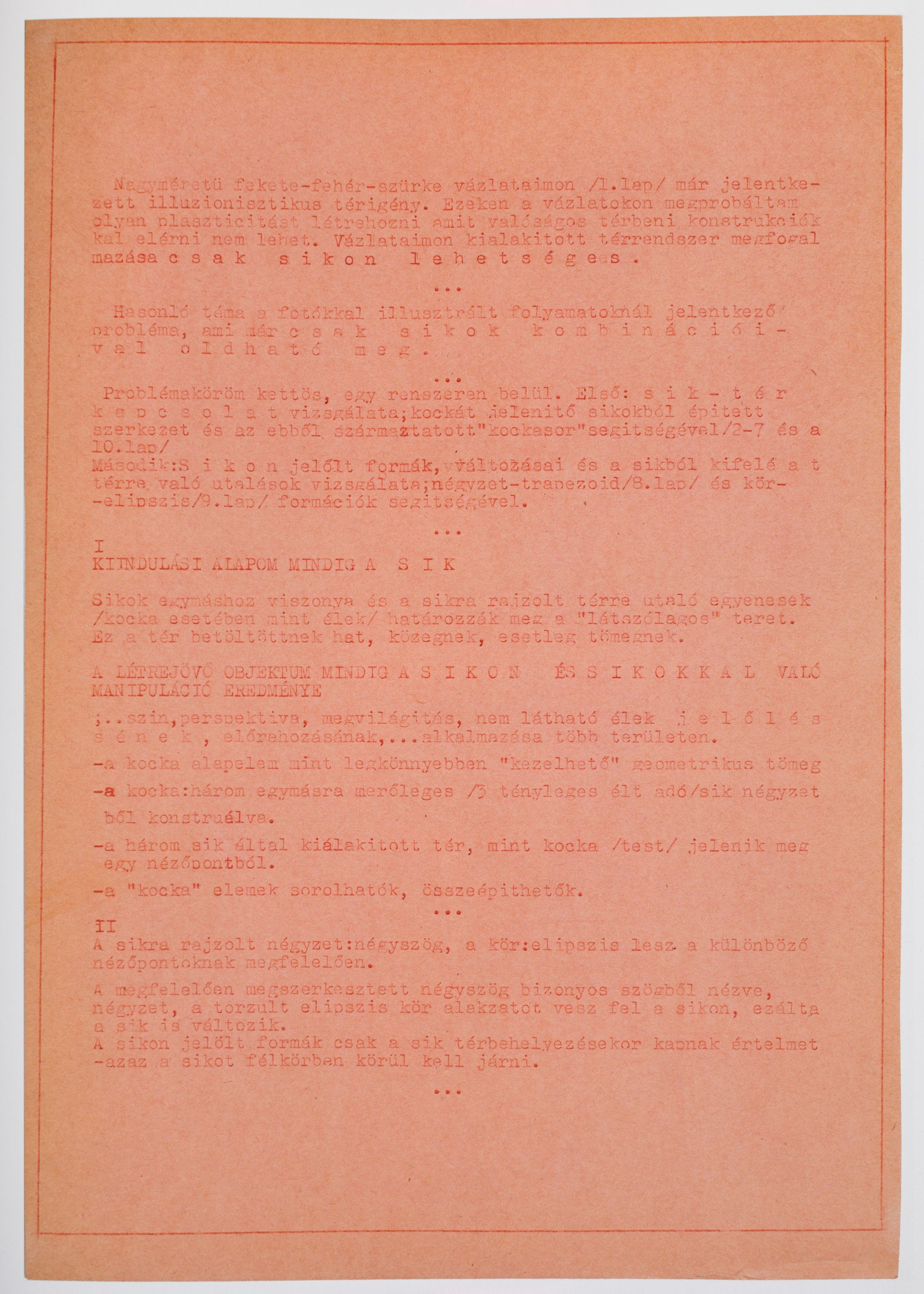
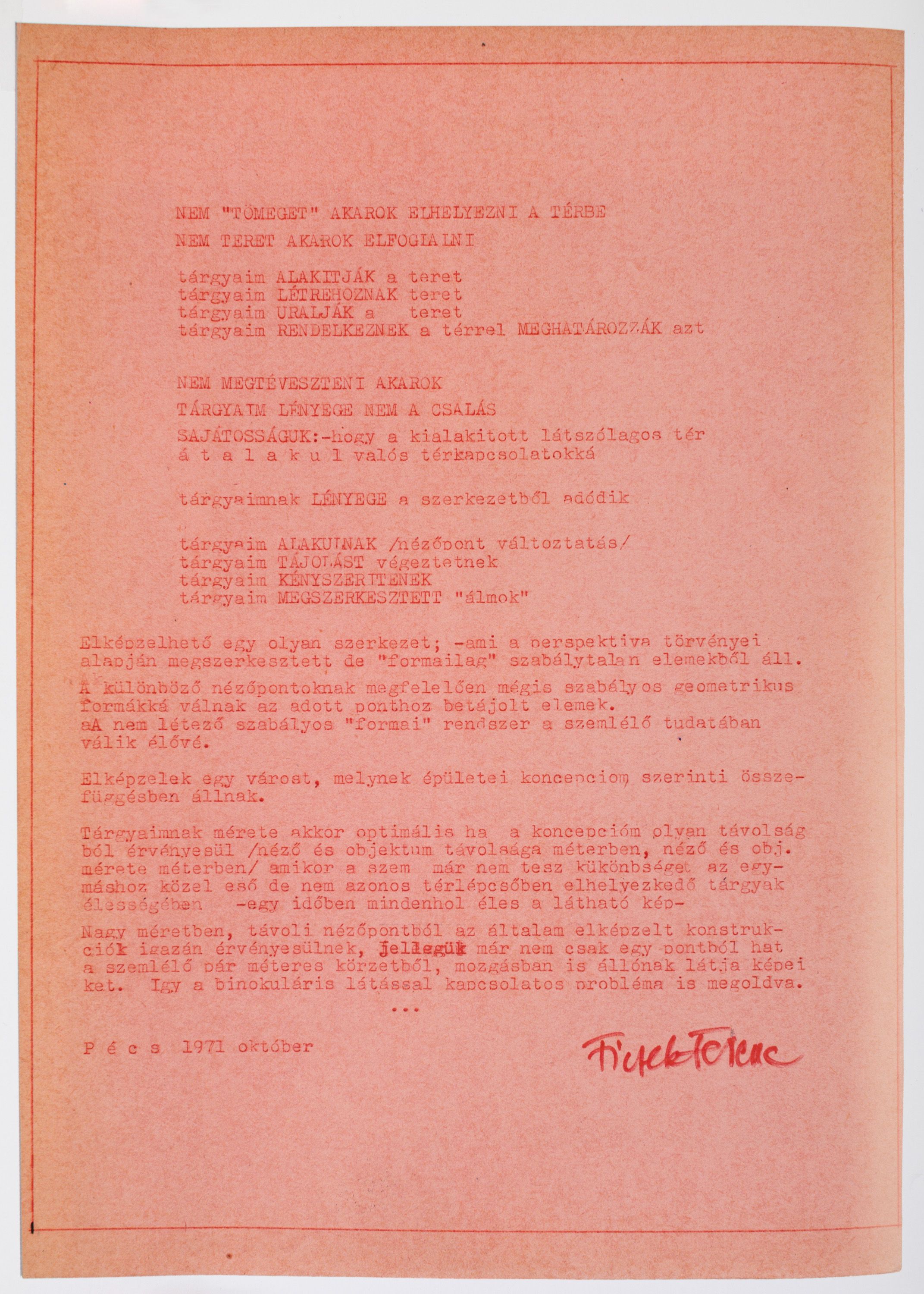
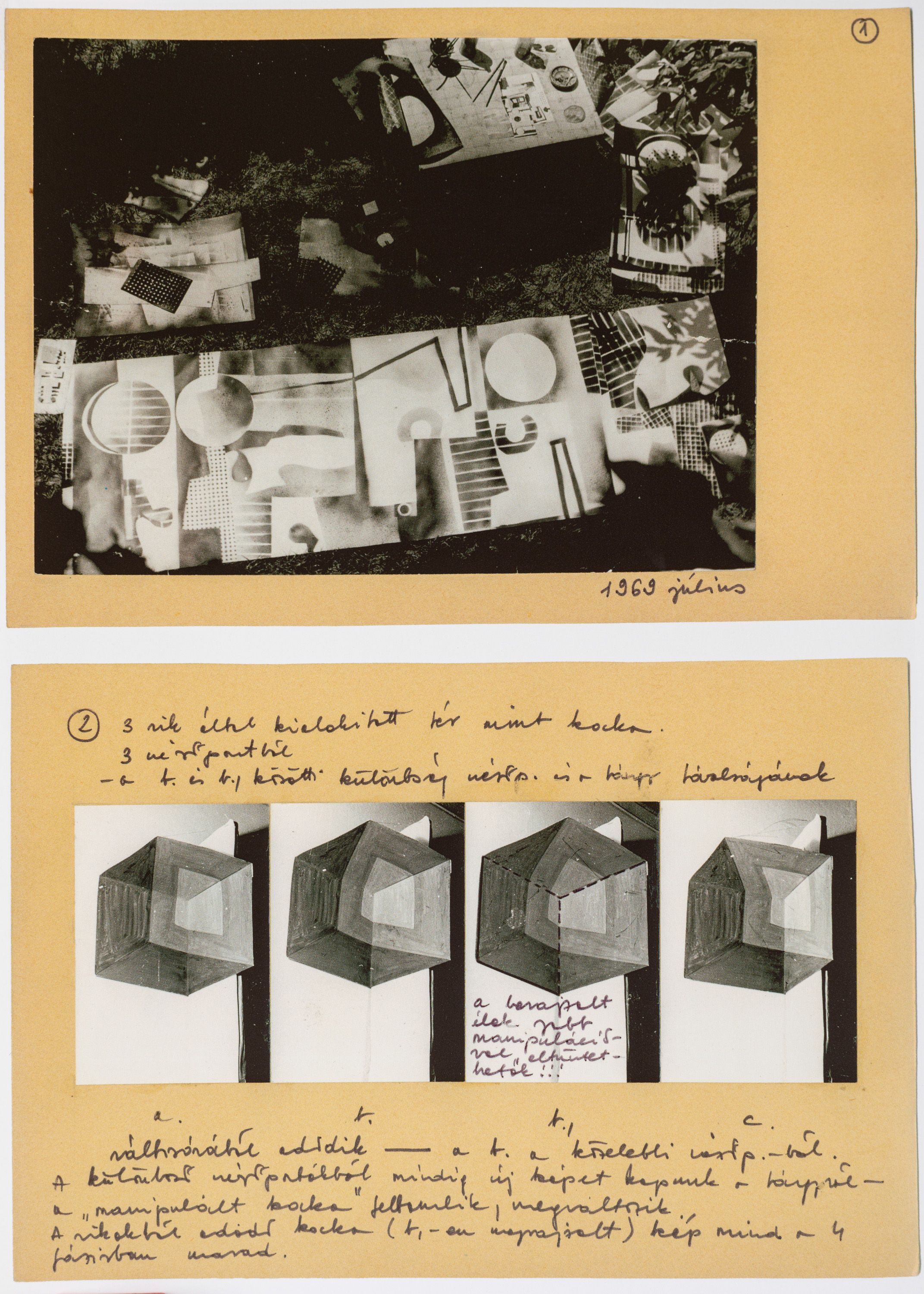
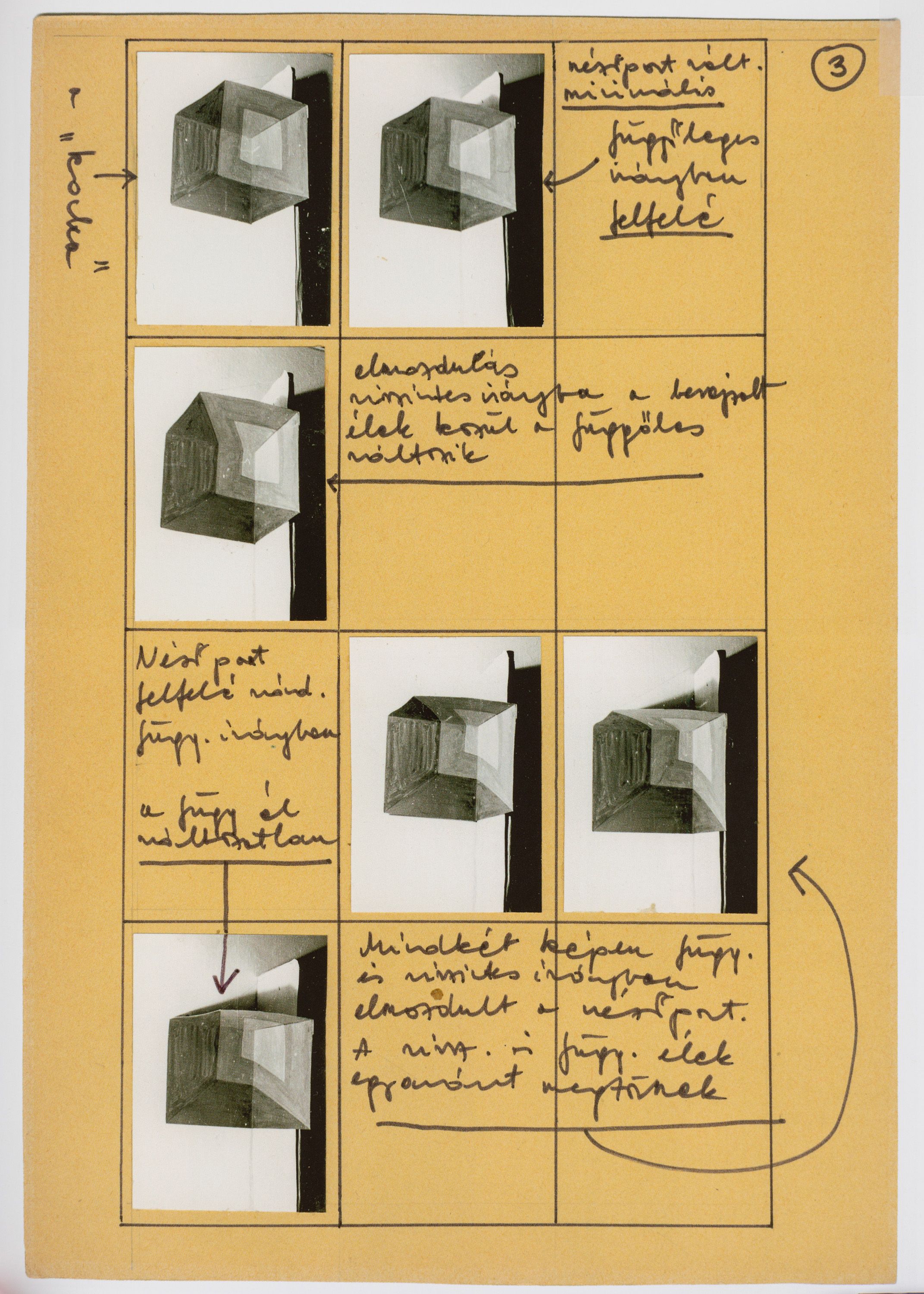

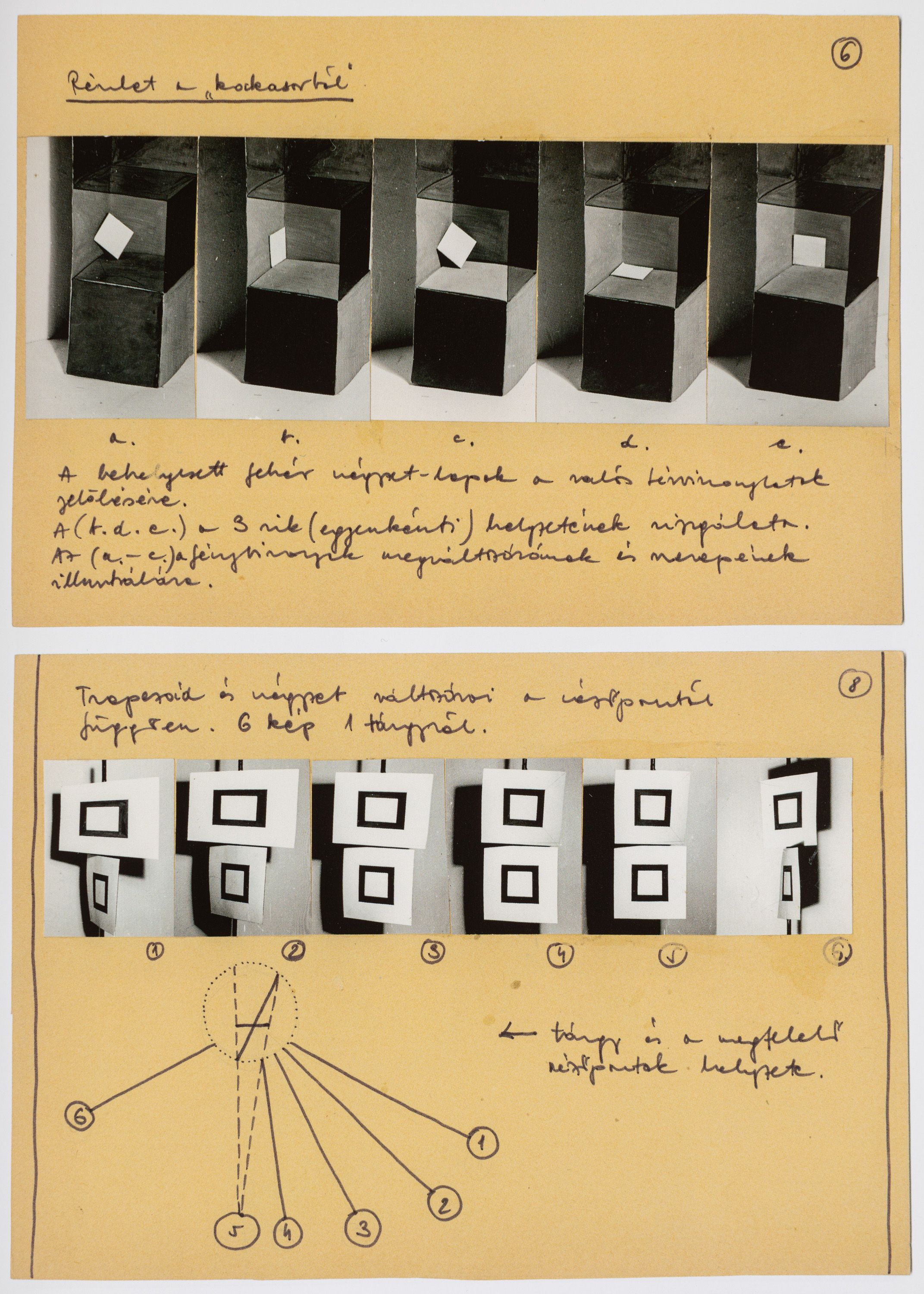
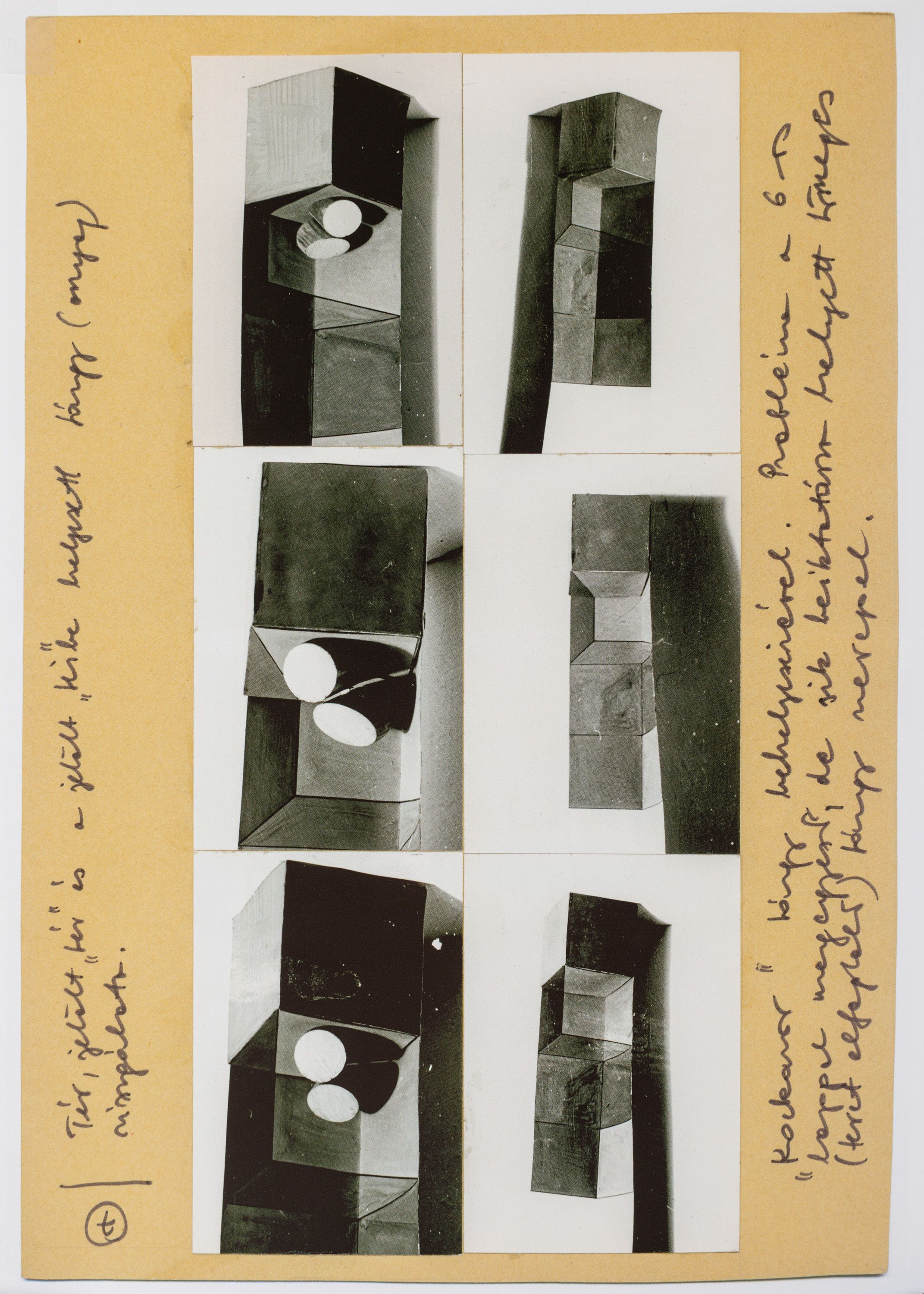

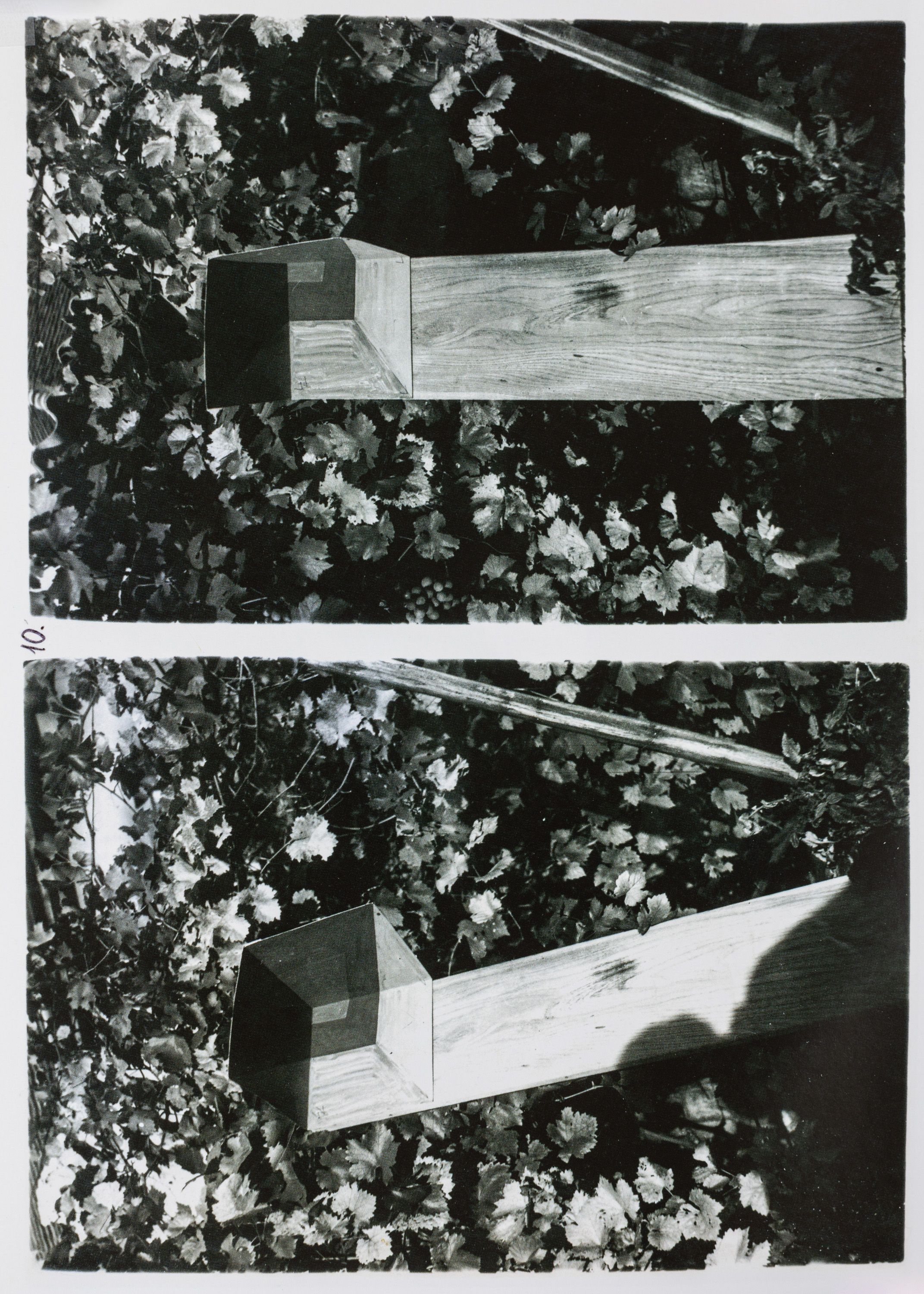
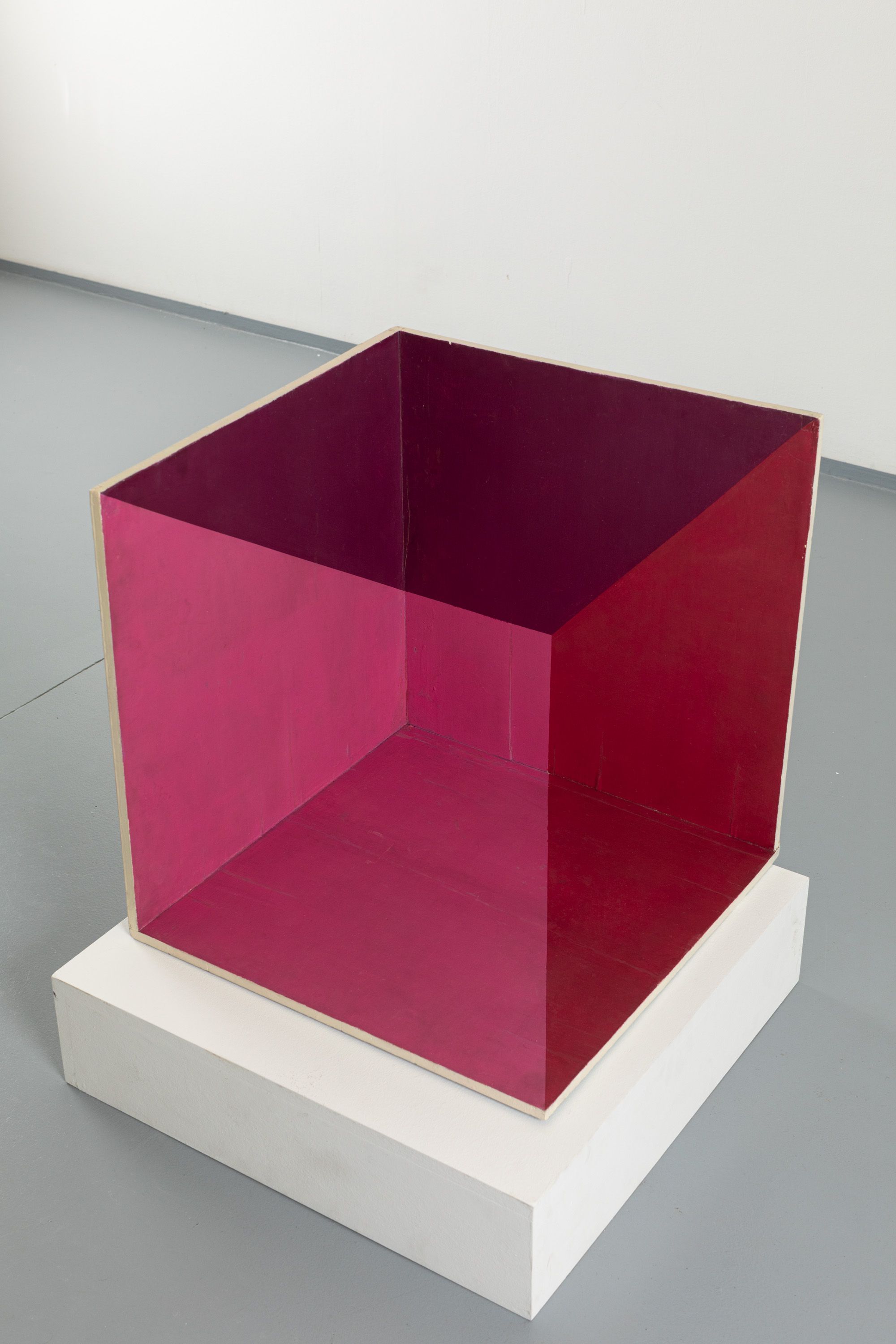
Ferenc Ficzek
Cube, c. 1970
acrylic on wood
54 × 54 cm
Info & Inquire
Ferenc Ficzek
Untitled, 1968-69
ink on paper
61 × 85 cm
Inquire
Ferenc Ficzek
Cubes, 1971
gelatin silver print
29.5 × 21 cm
Inquire
Ferenc Ficzek
Untitled, 1972
enamelled steel plate
Info & Inquire

Ferenc Ficzek
Untitled, 1971
screenprint
30 × 43.5 cm
InquireSándor Pinczehelyi
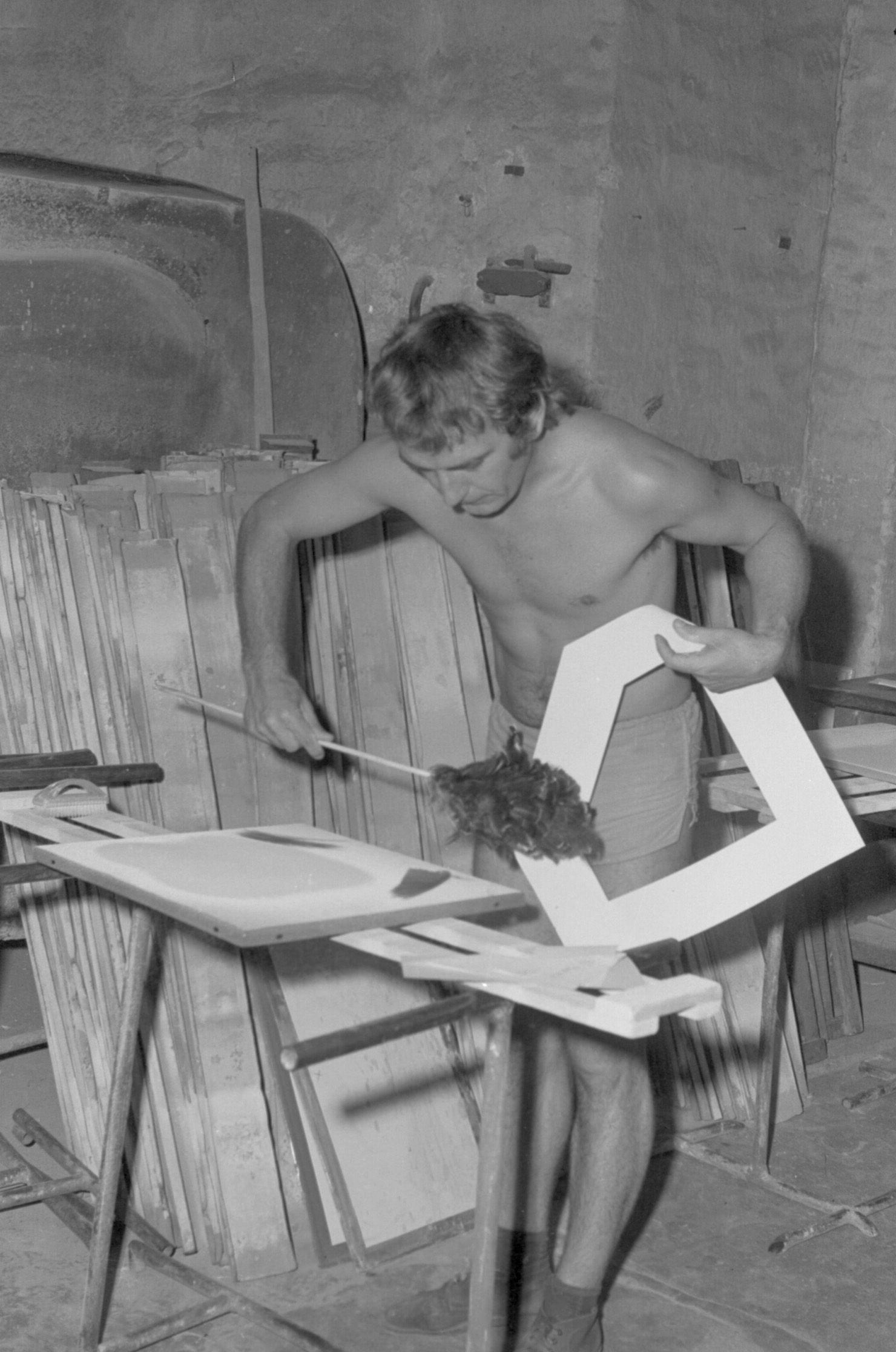

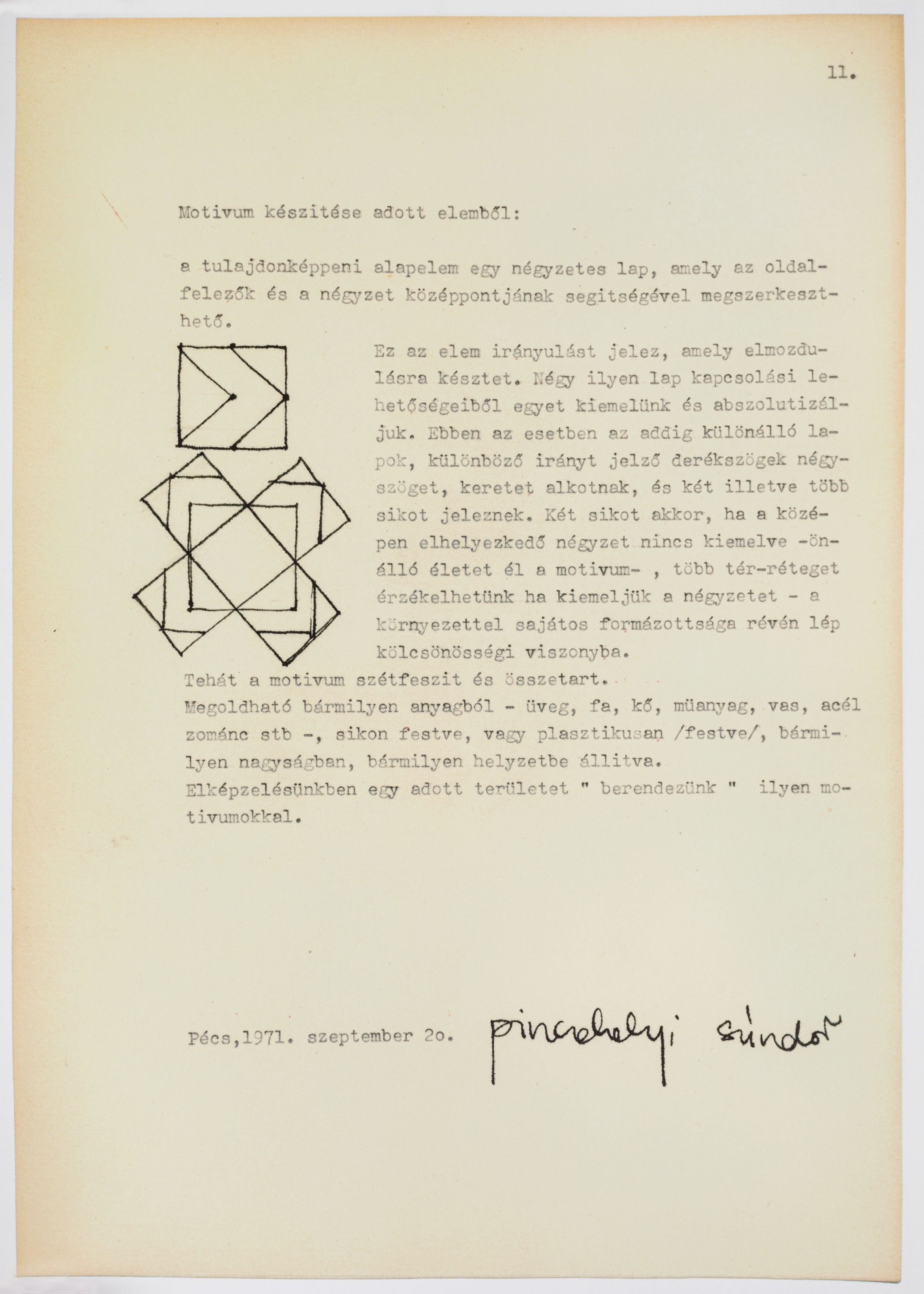
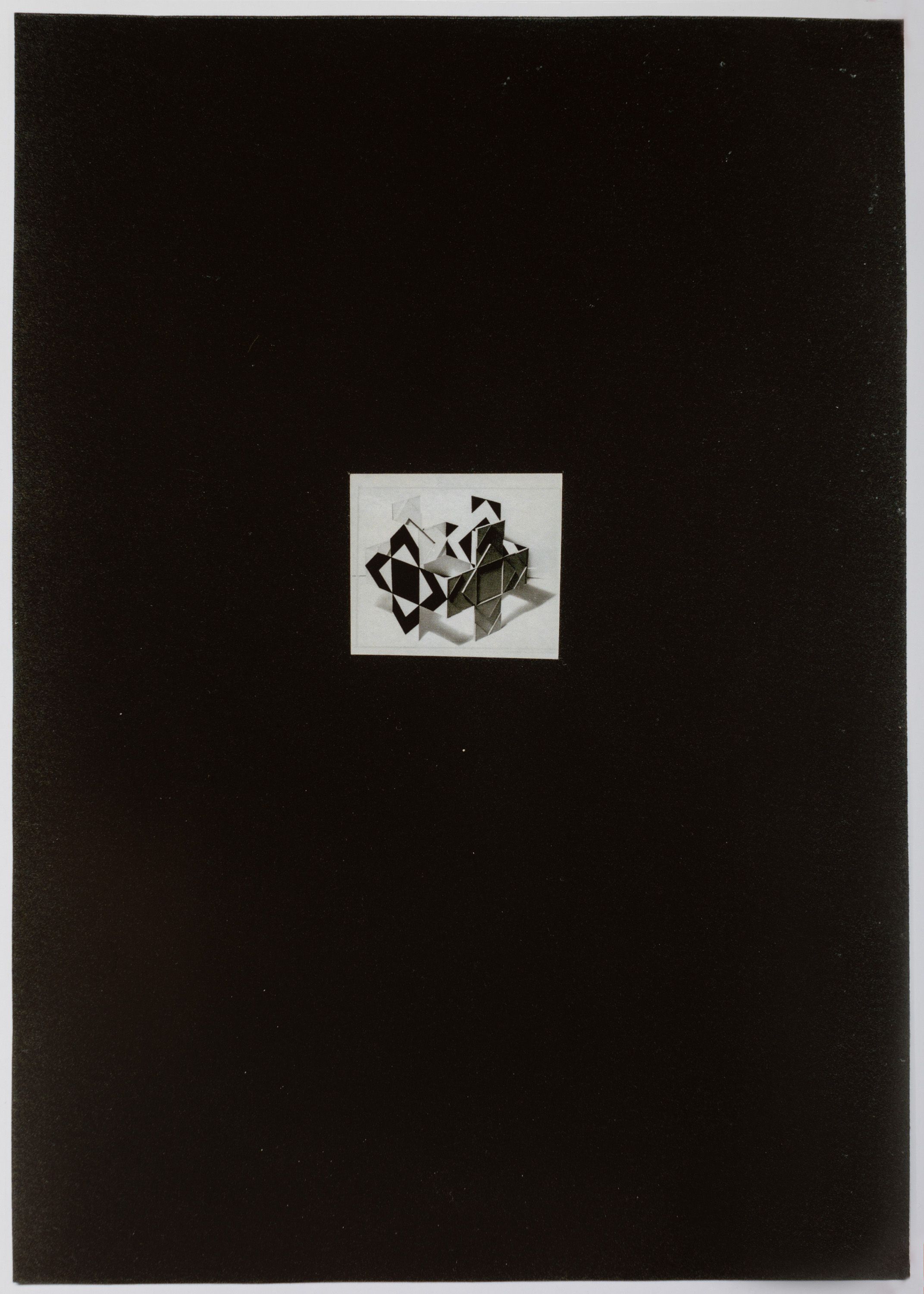

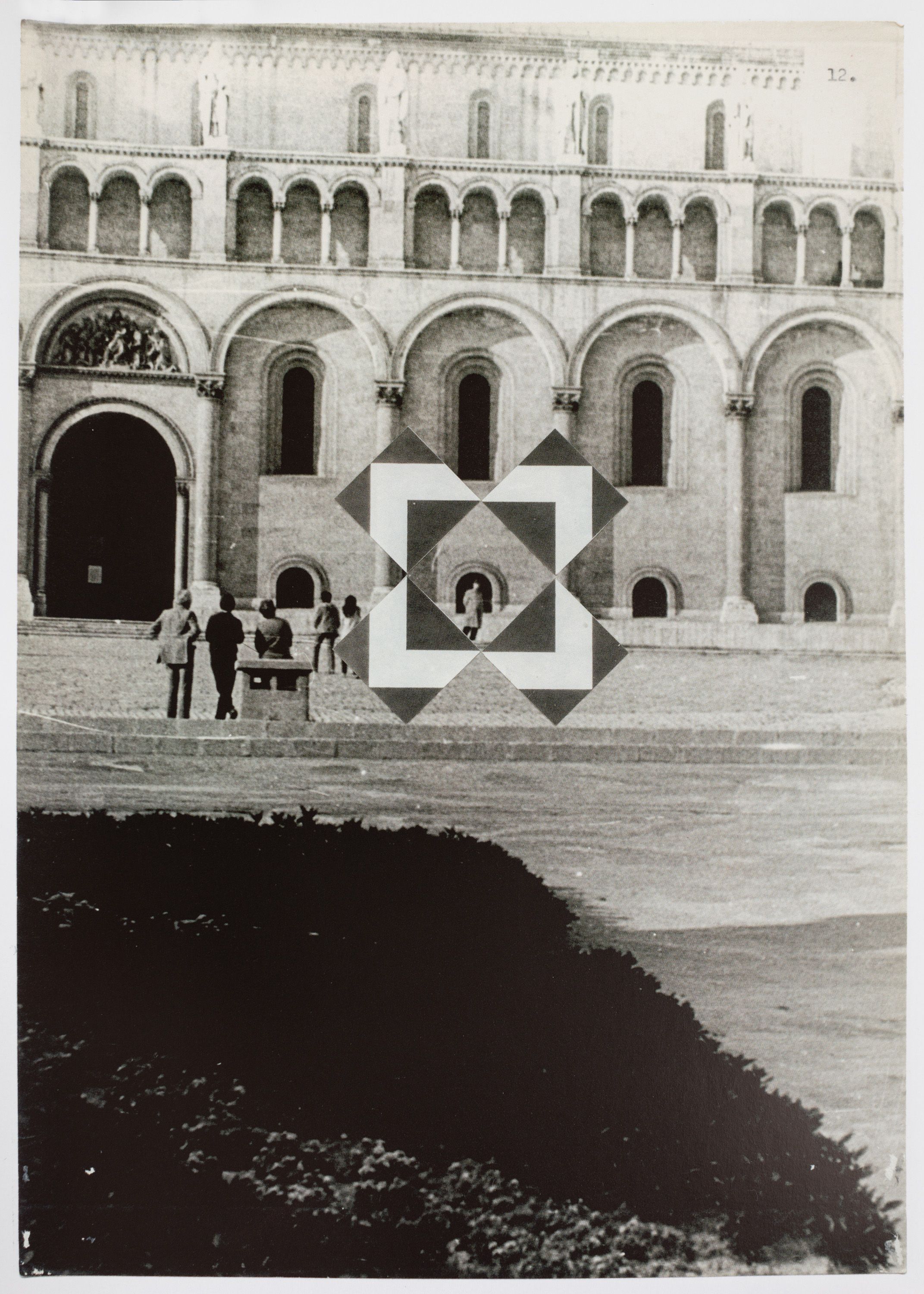

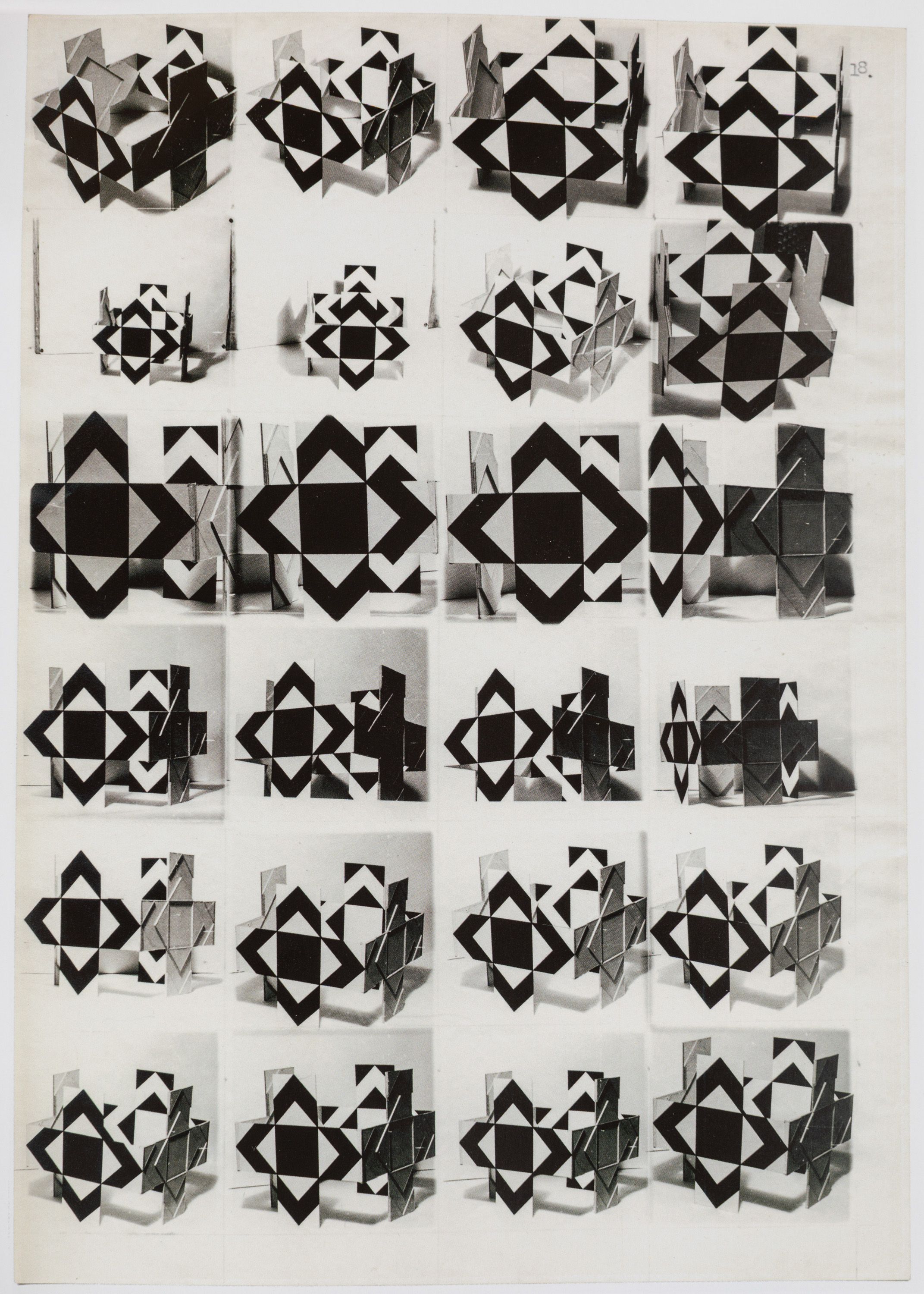
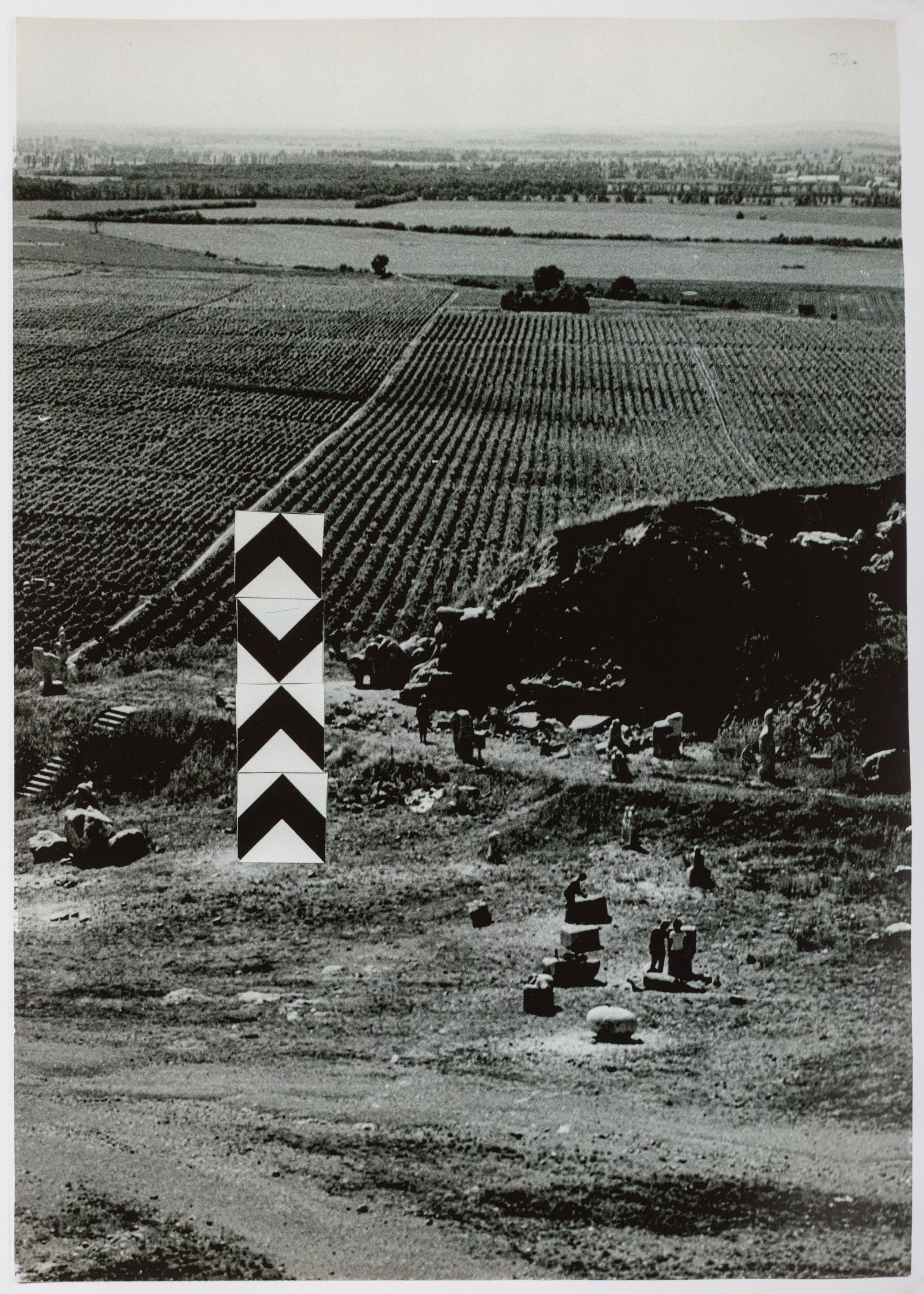

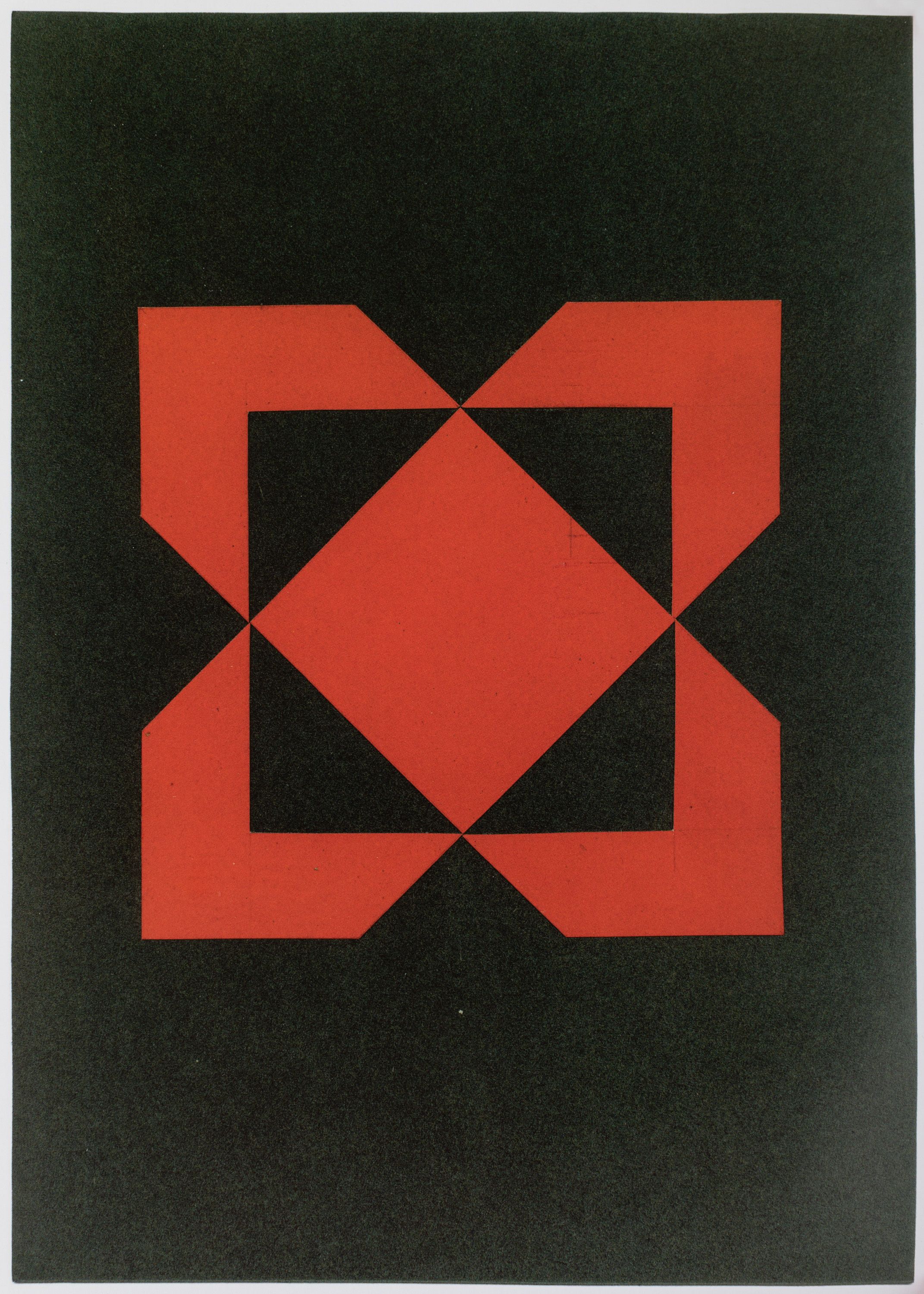
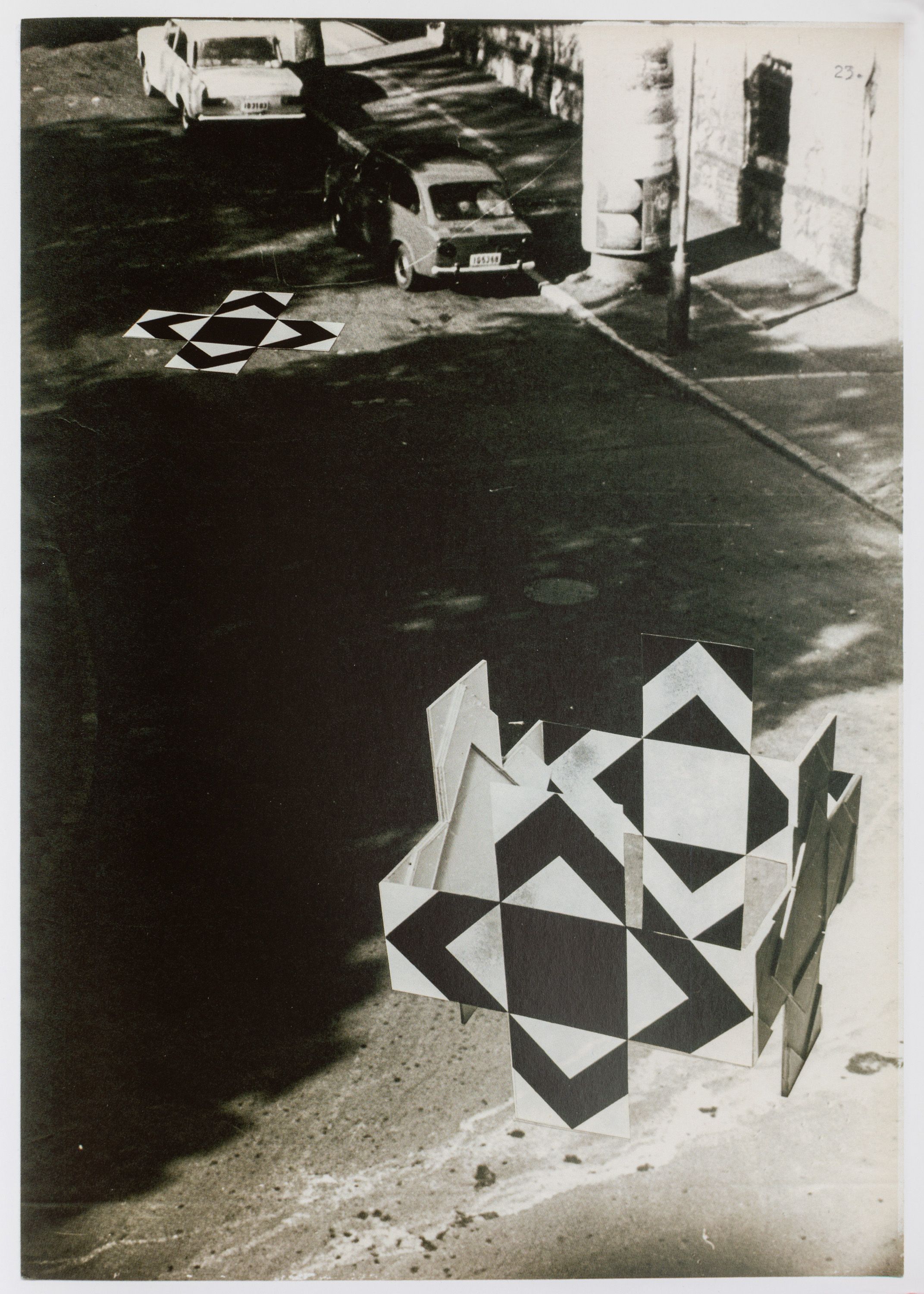
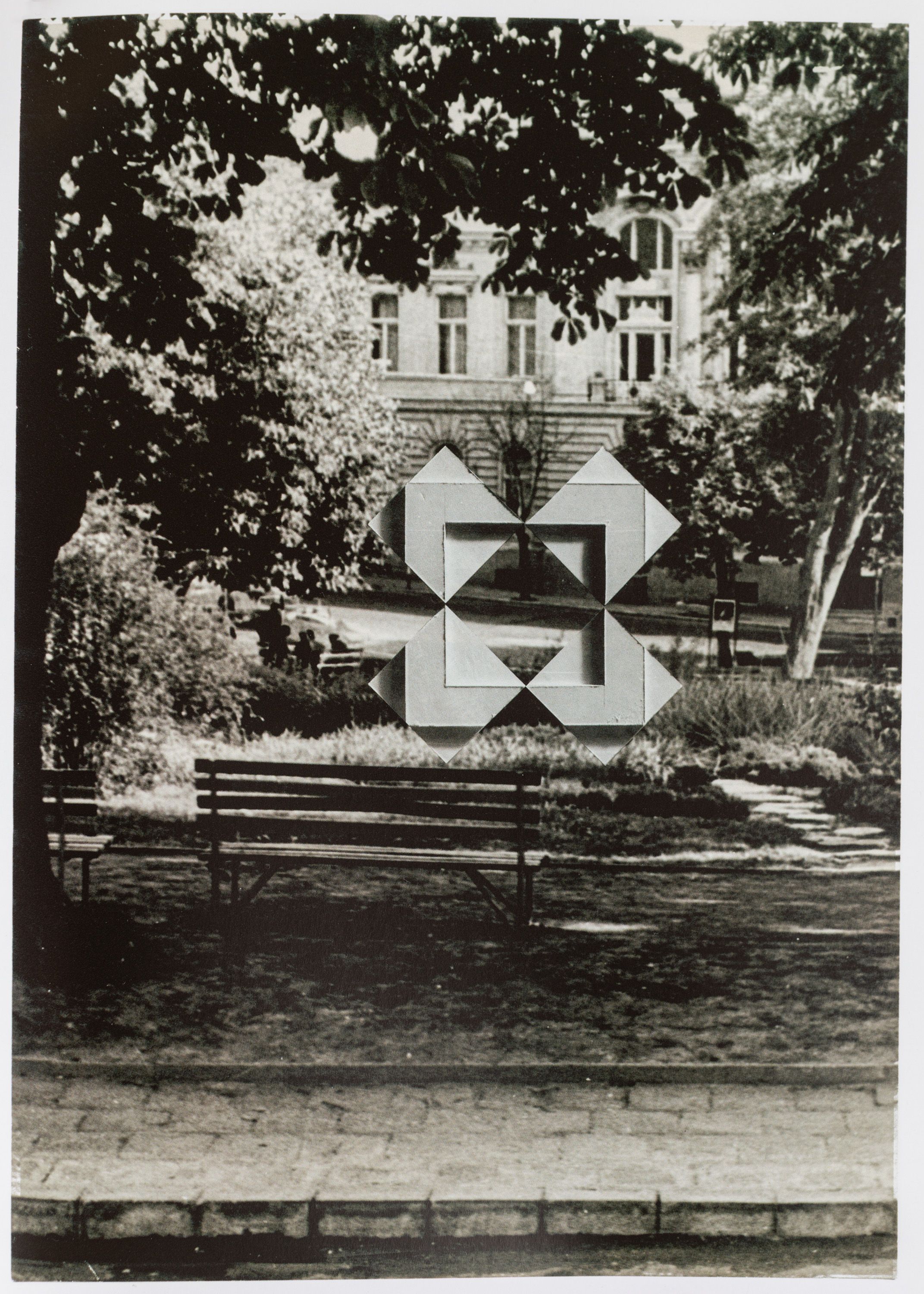
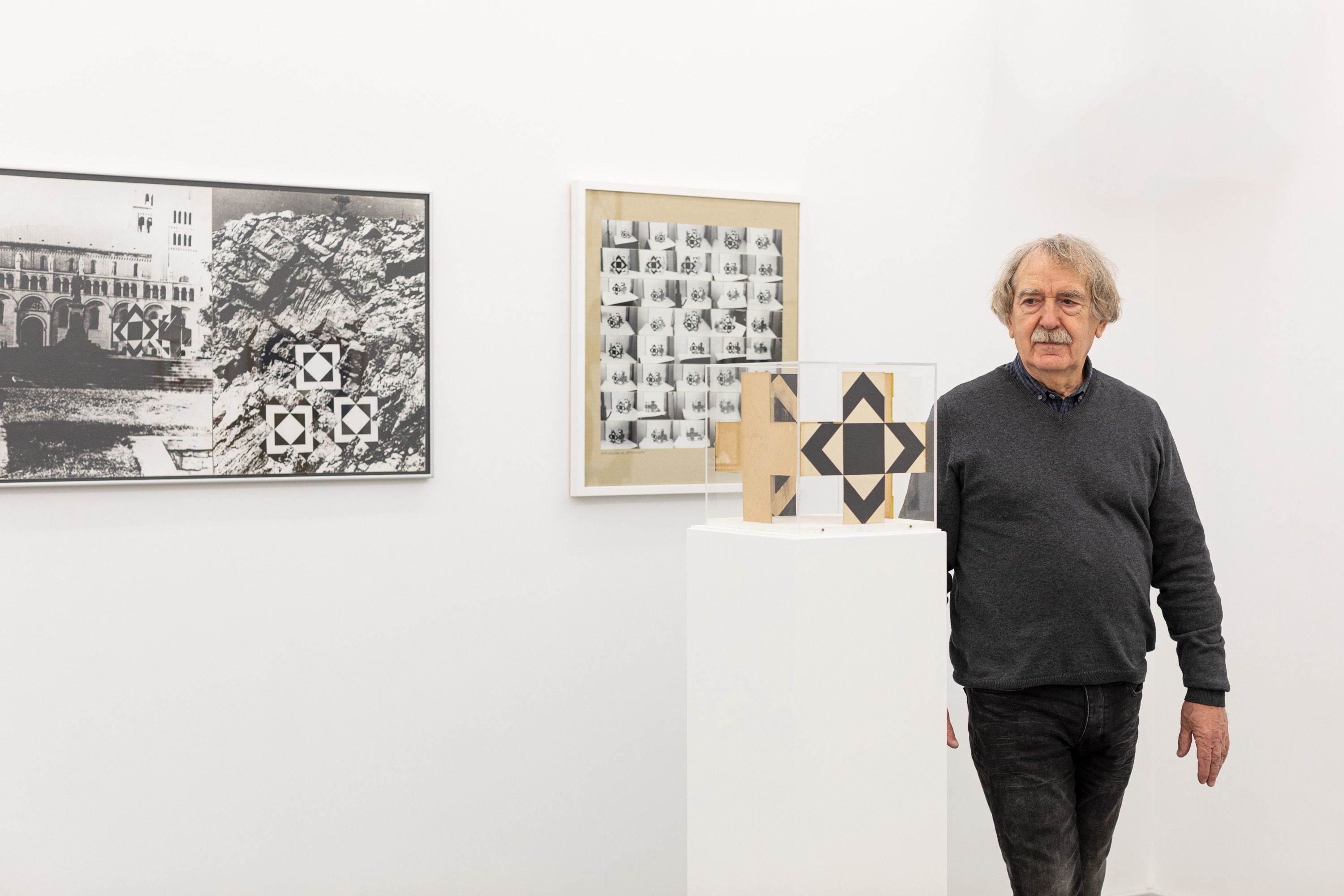
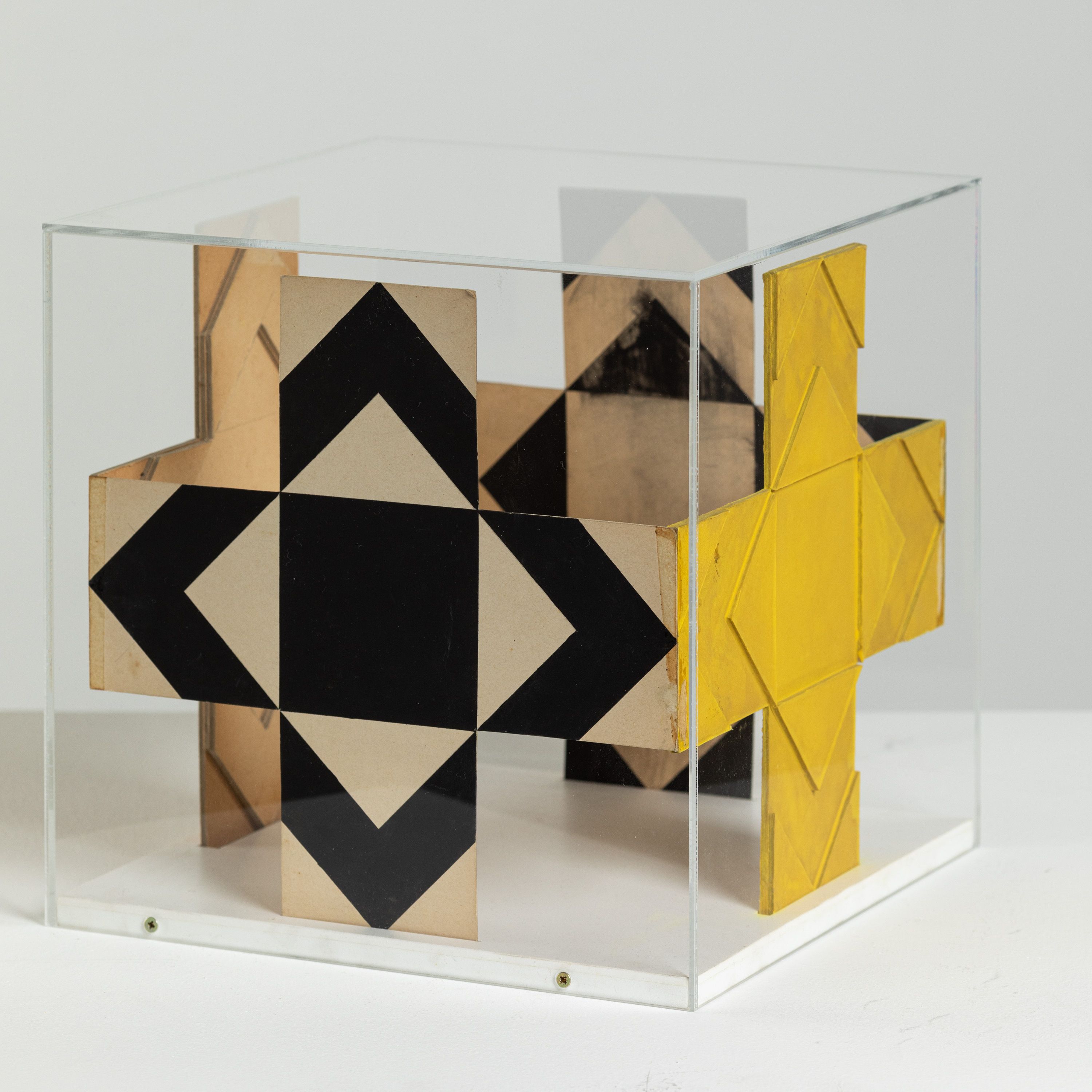
Sándor Pinczehelyi
Imagination, 1971
tempera on paper
26.5 × 26.5 cm
Info & Inquire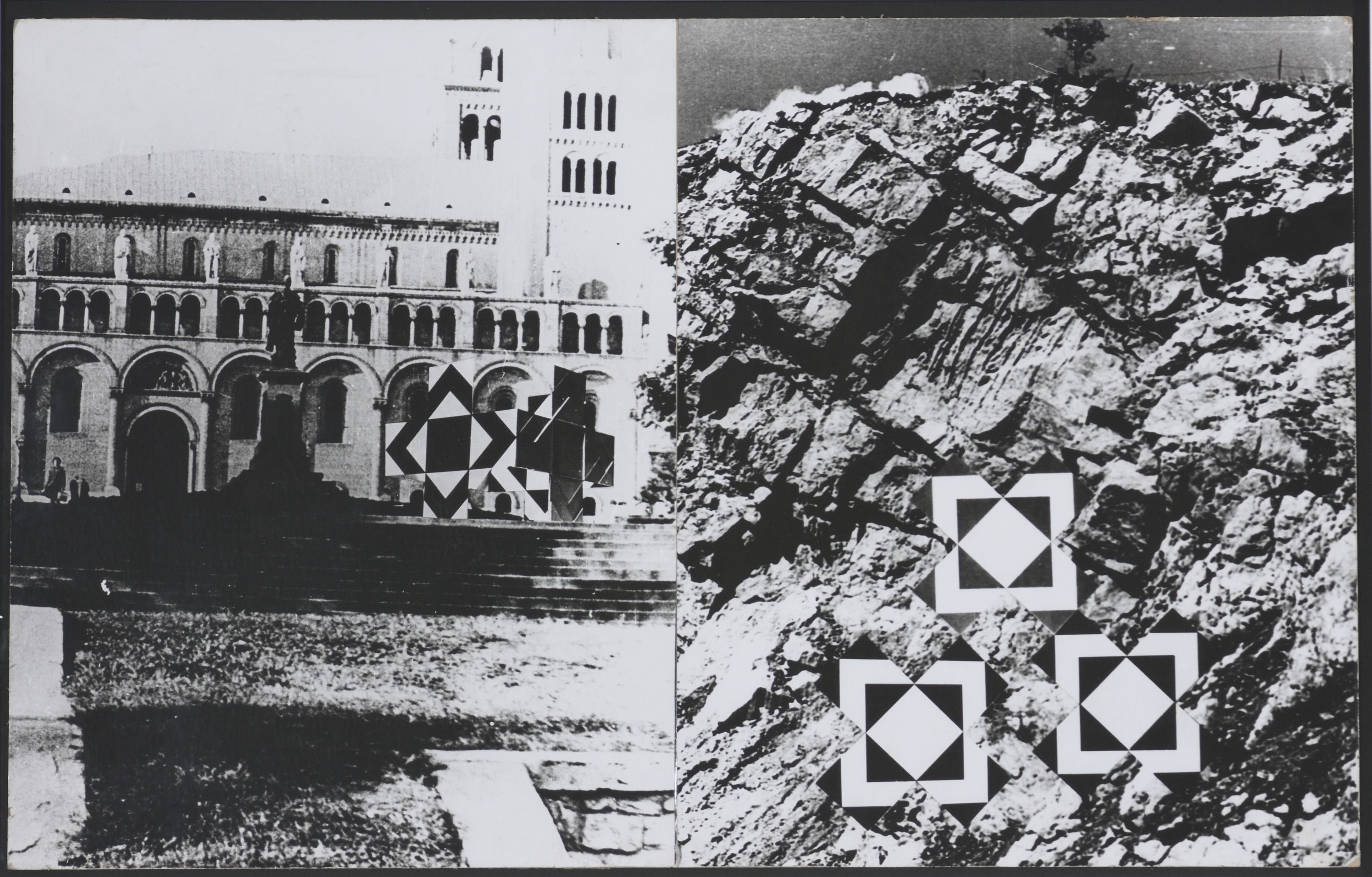
Sándor Pinczehelyi
Imagination (For the proposal of László Beke), 1971
gelatin silver print, collage mounted on fibreboard
59.5 × 95 cm
Inquire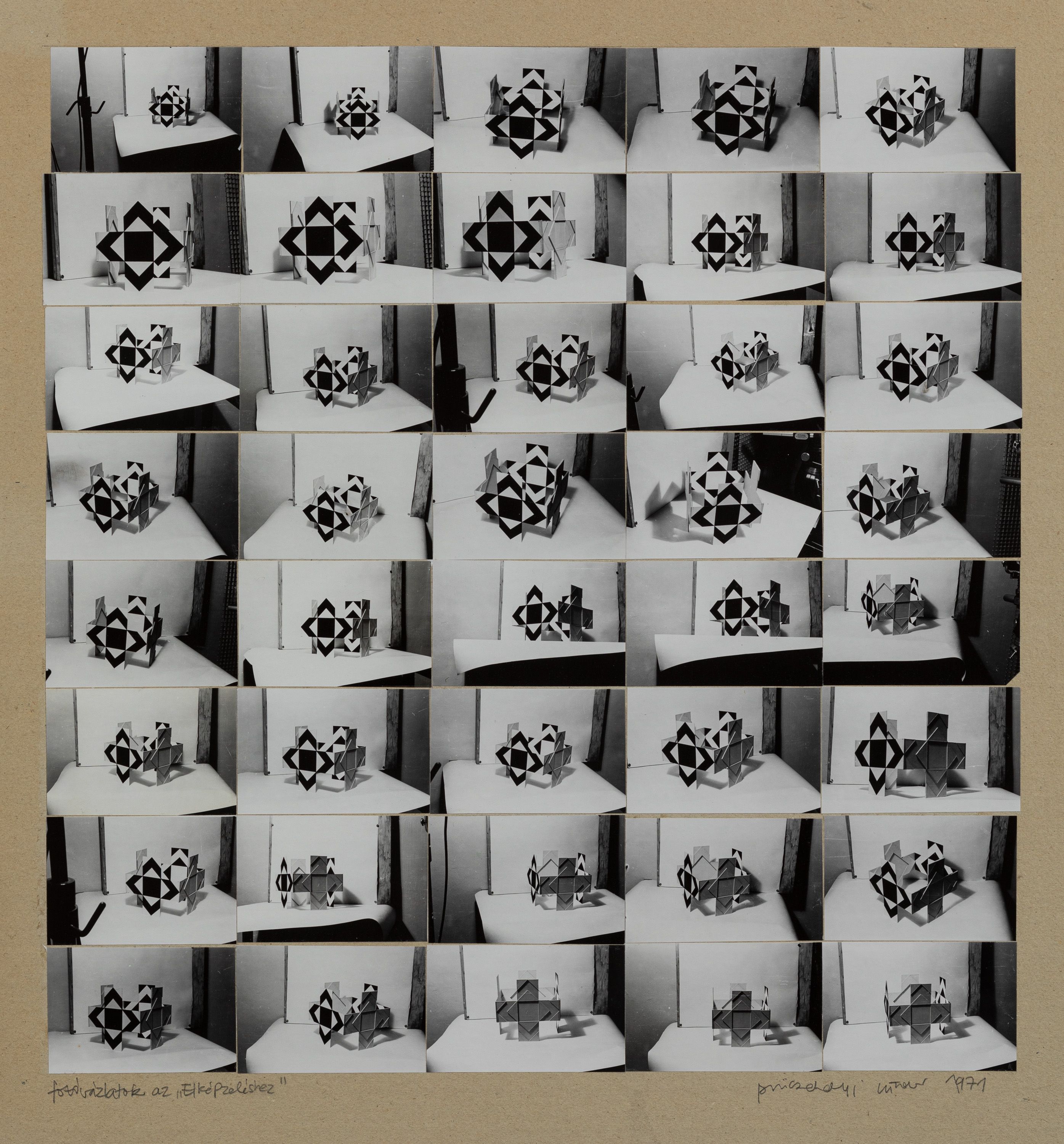
Sándor Pinczehelyi
Imagination photo sketches, 1971
gelatin silver print mounted on cardboard
73 × 64 cm
Inquire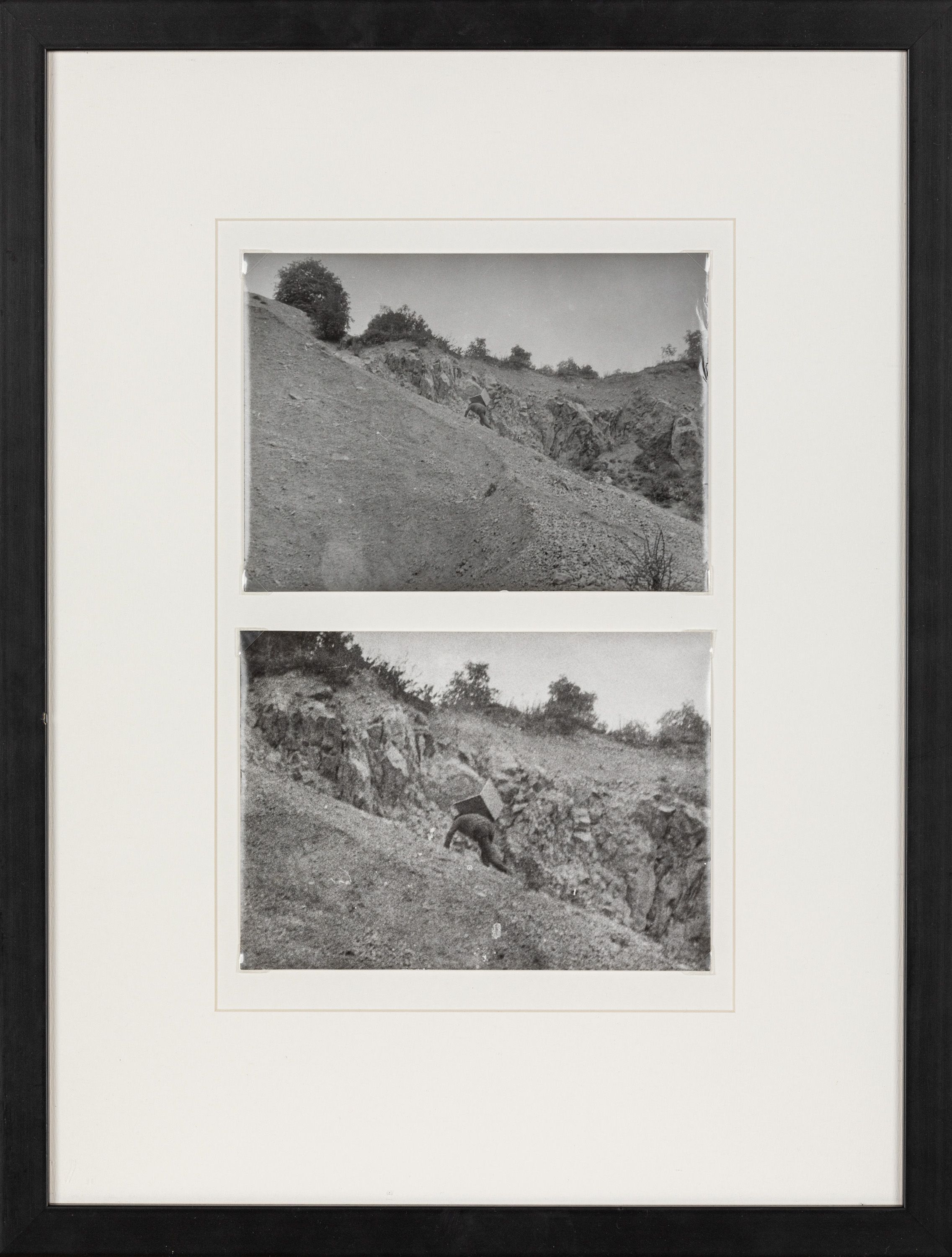
Sándor Pinczehelyi
Untitled (Ferenc Ficzek's Cube), 1972
gelatin silver print
13 × 18 cm
Inquire
Sándor Pinczehelyi
Untitled, 1970
enamelled steel plate
90 × 180 cm
InquireKálmán Szijártó
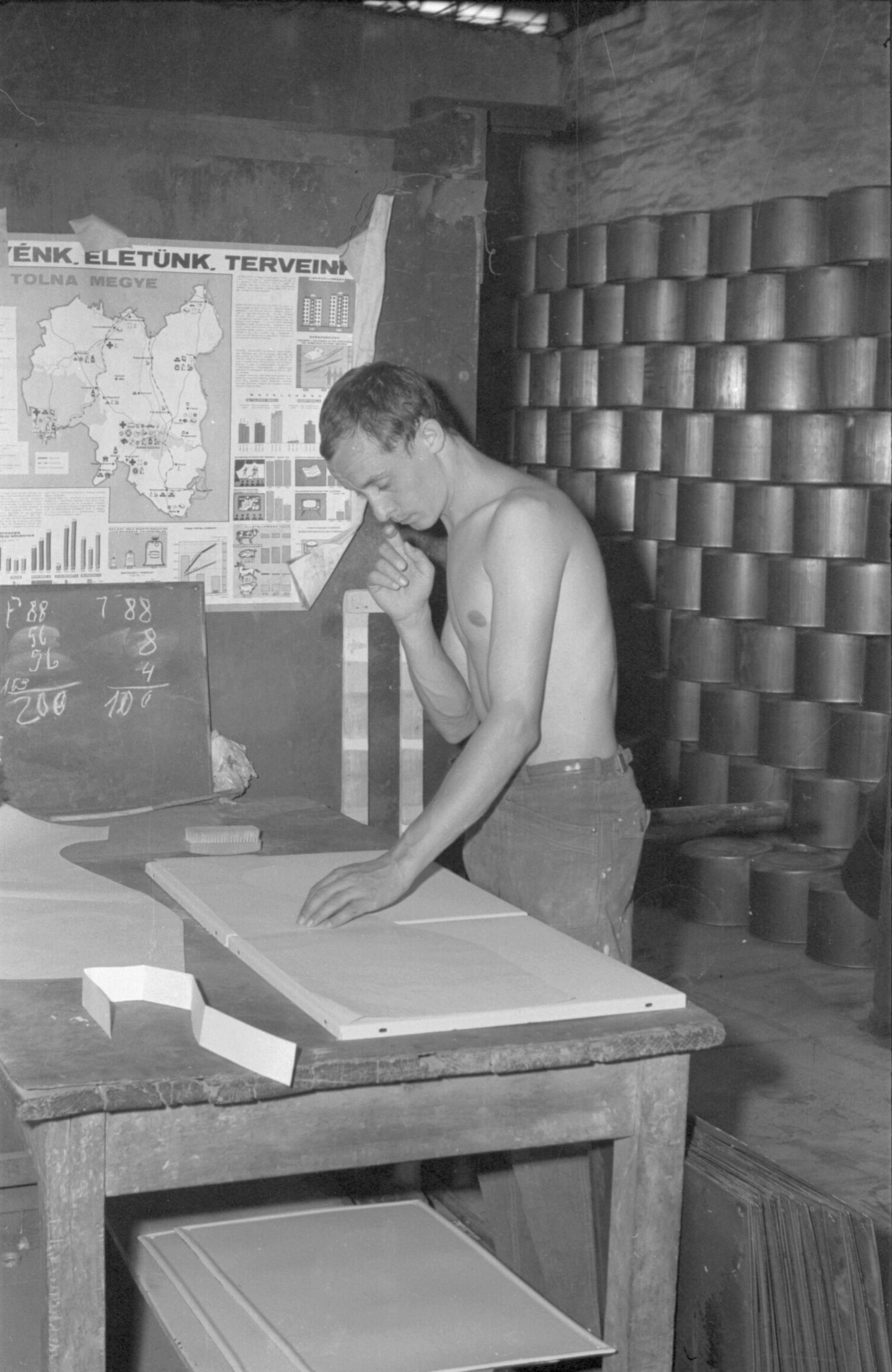
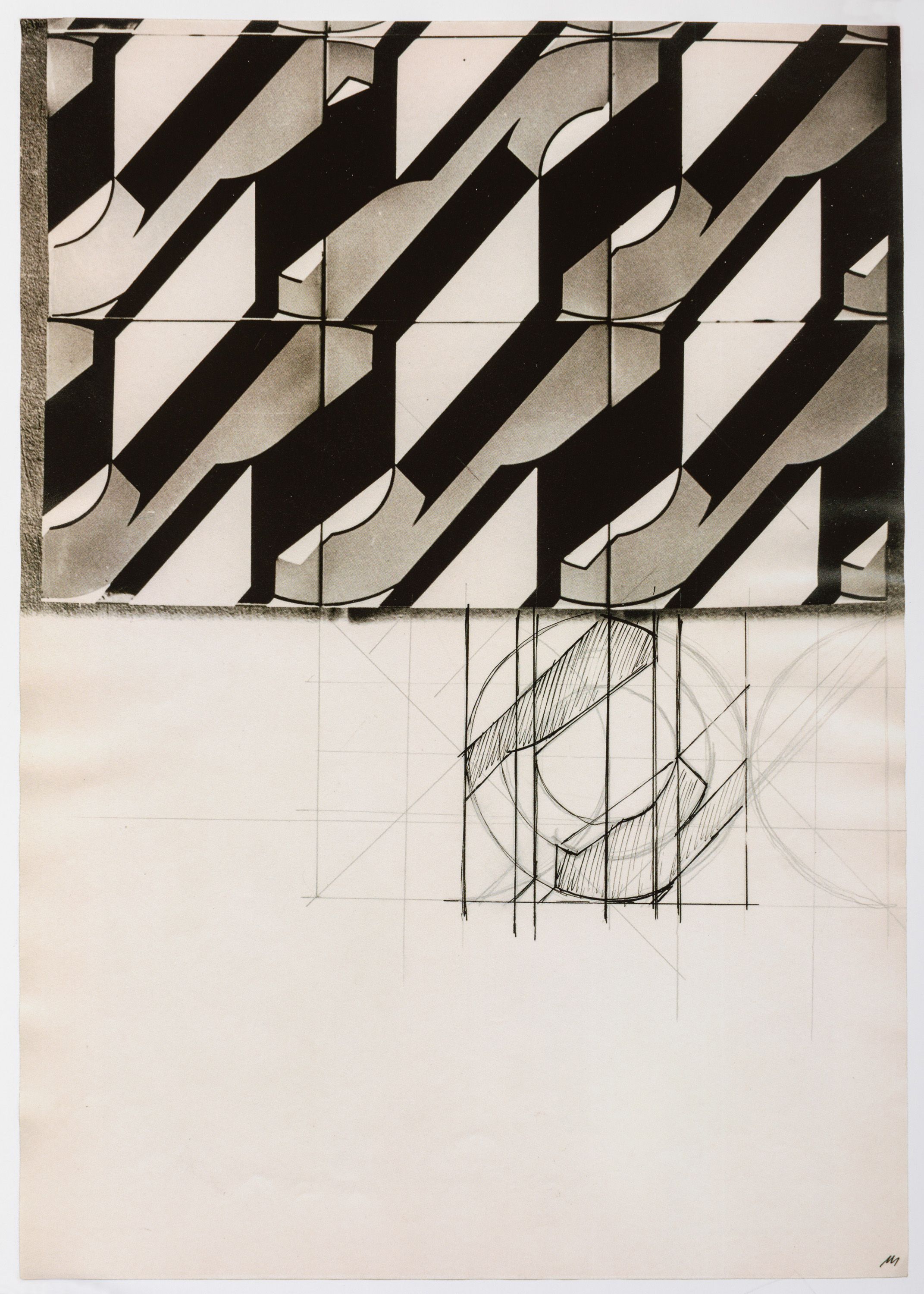
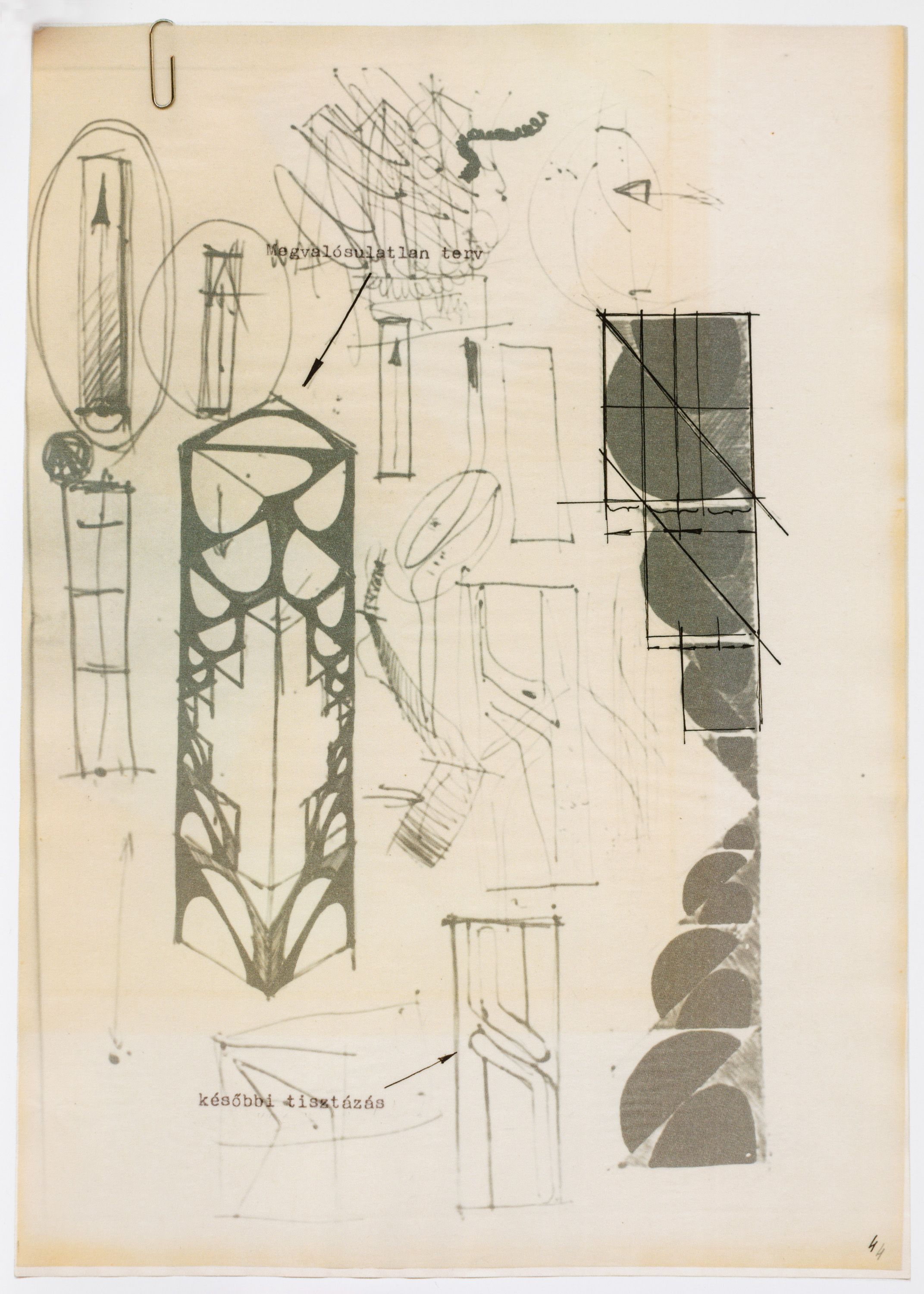
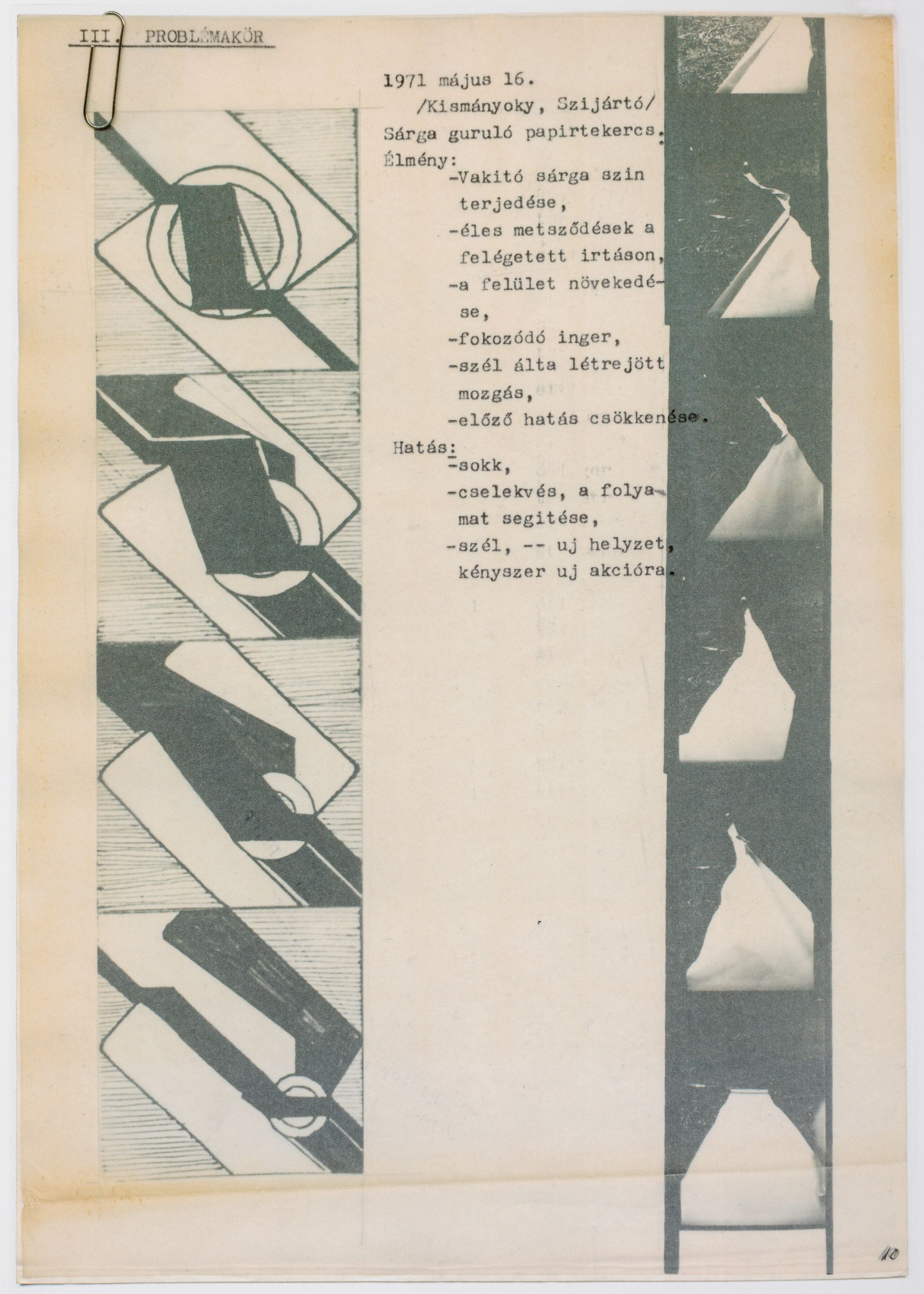
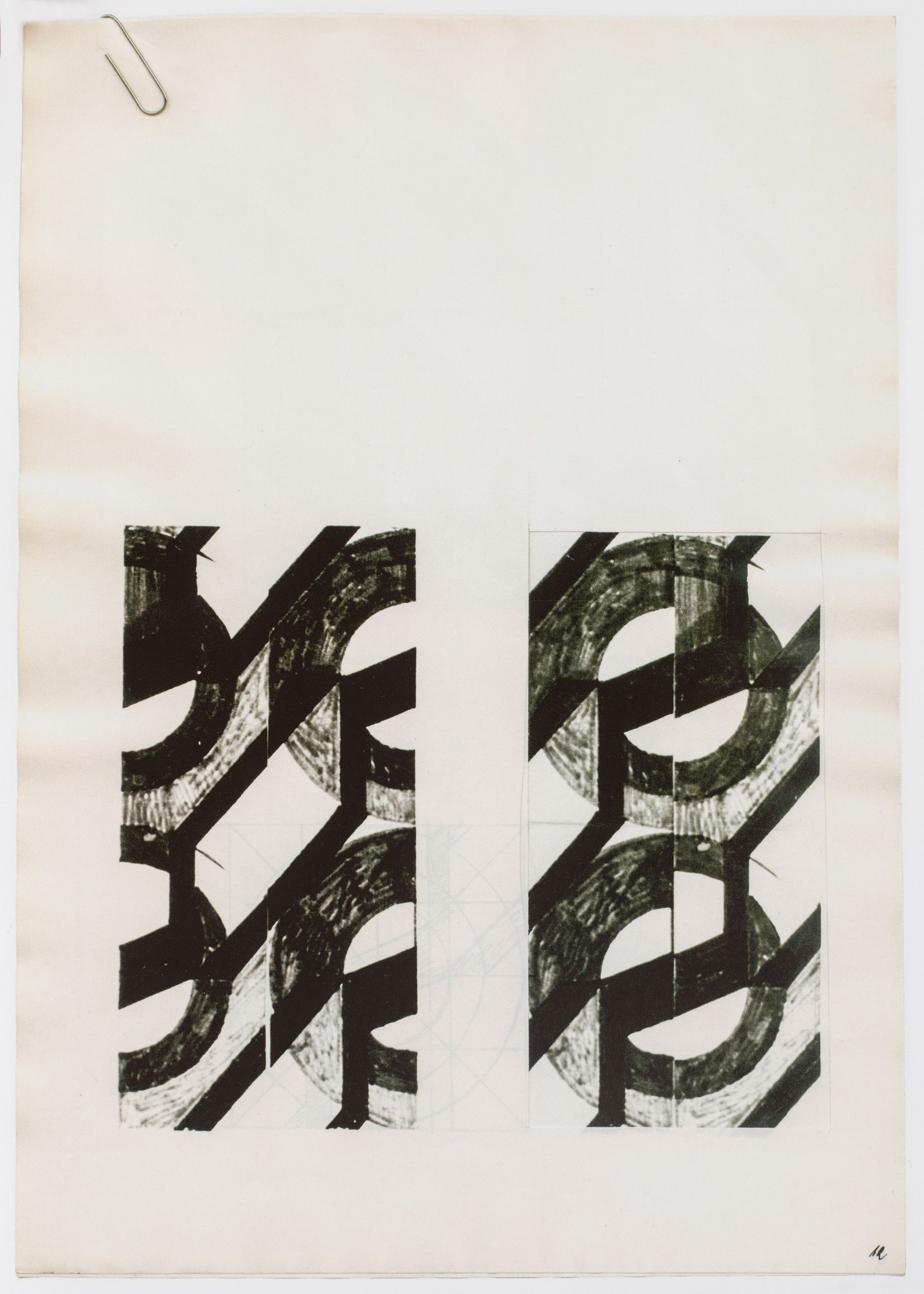
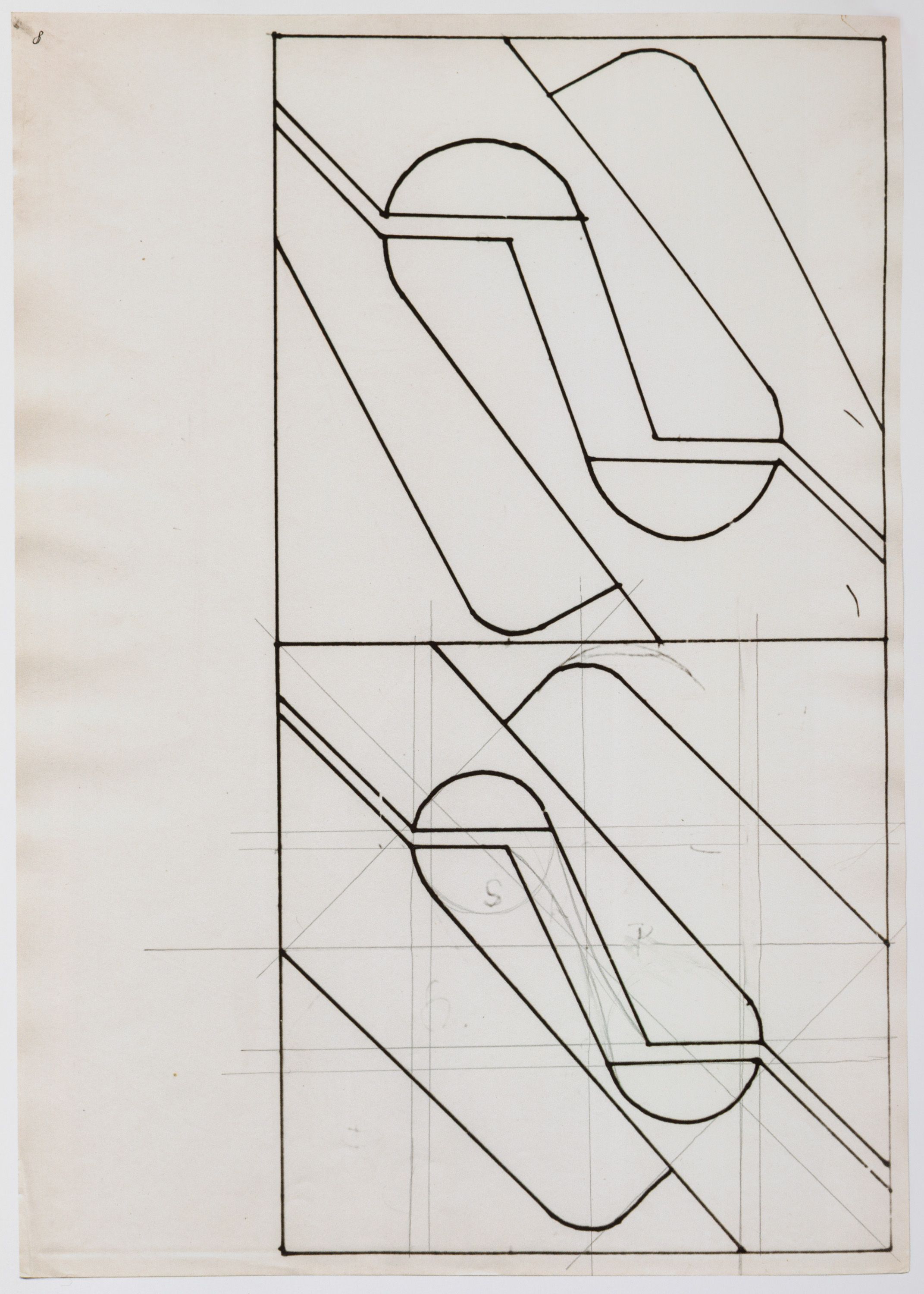
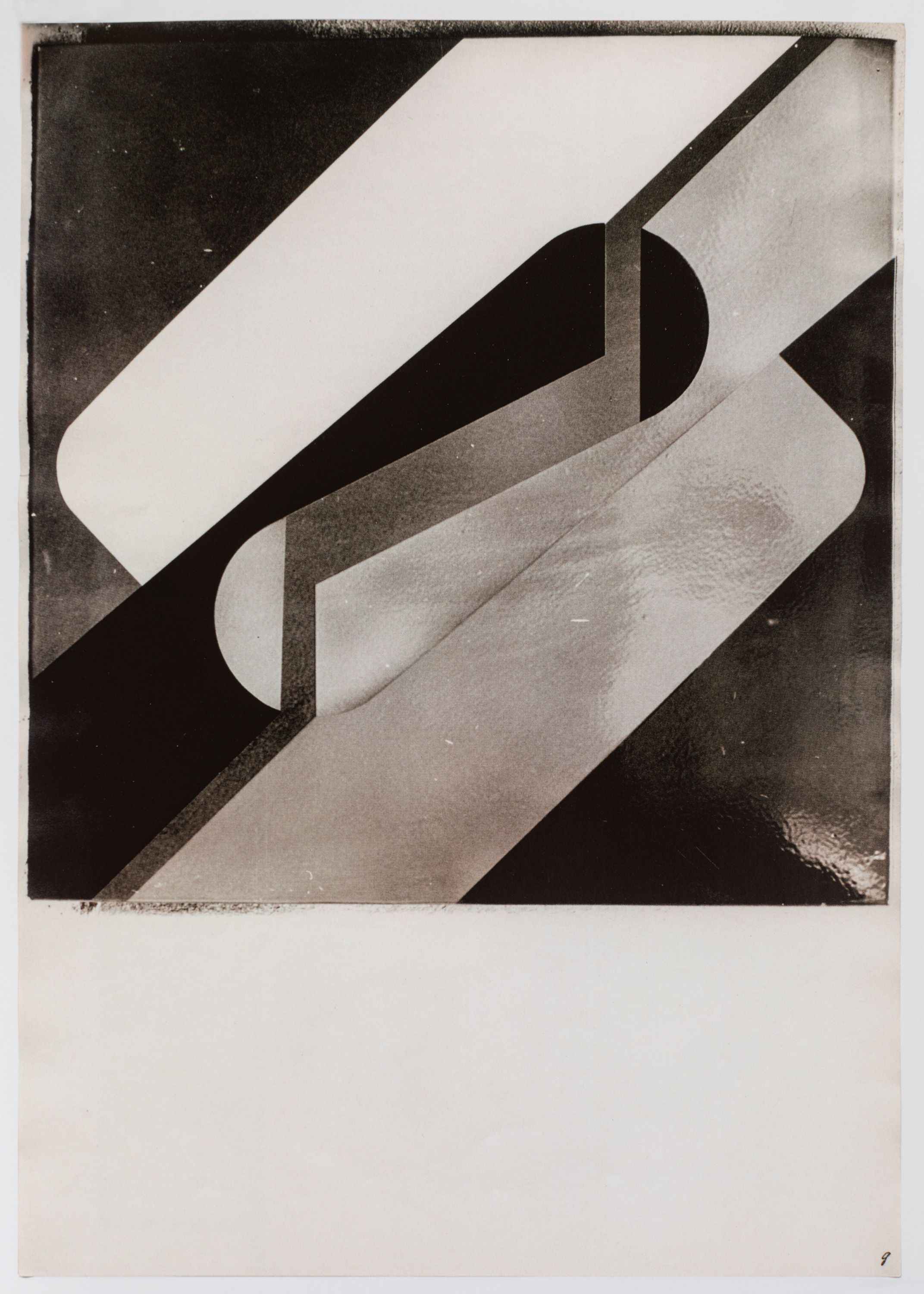

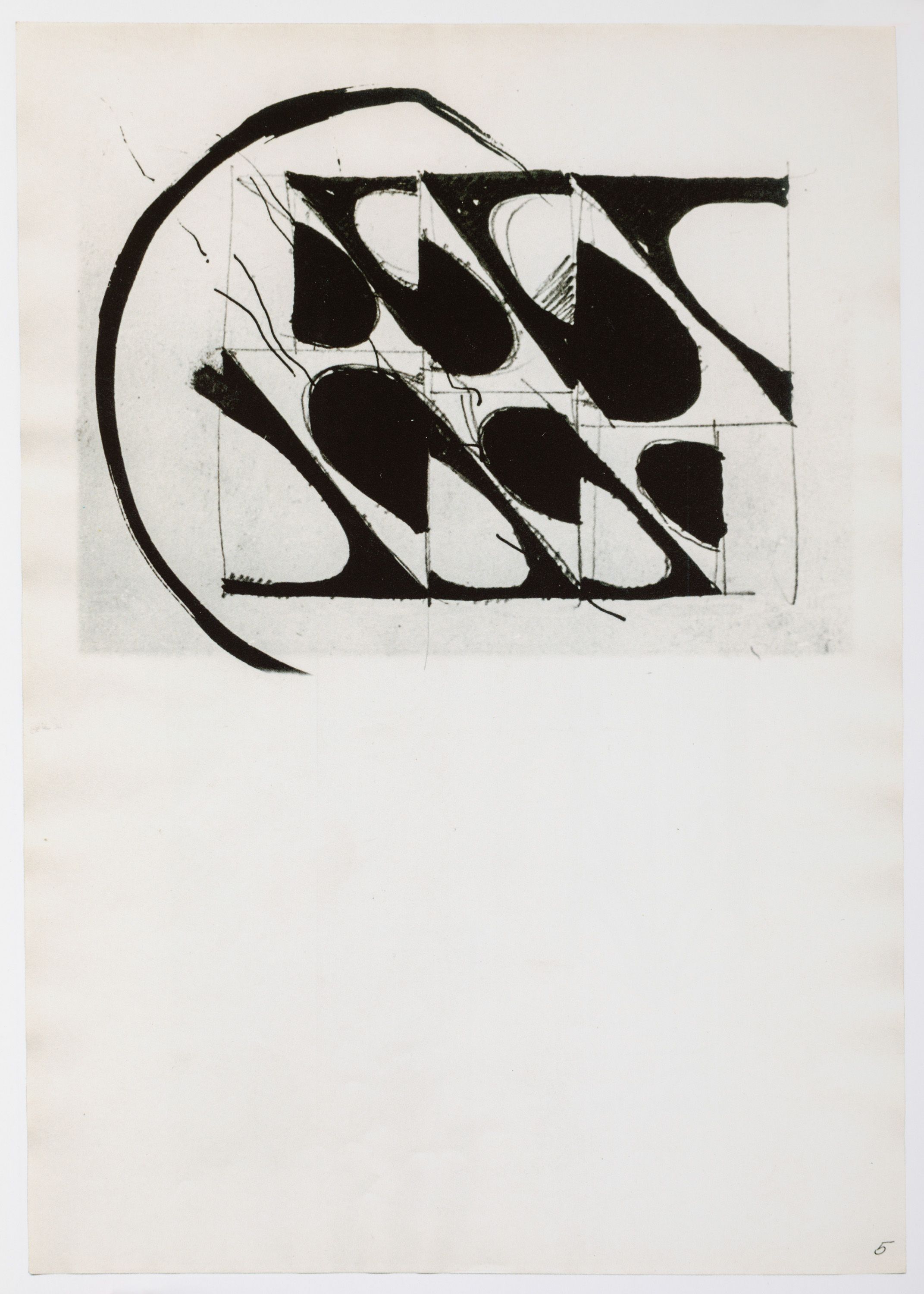
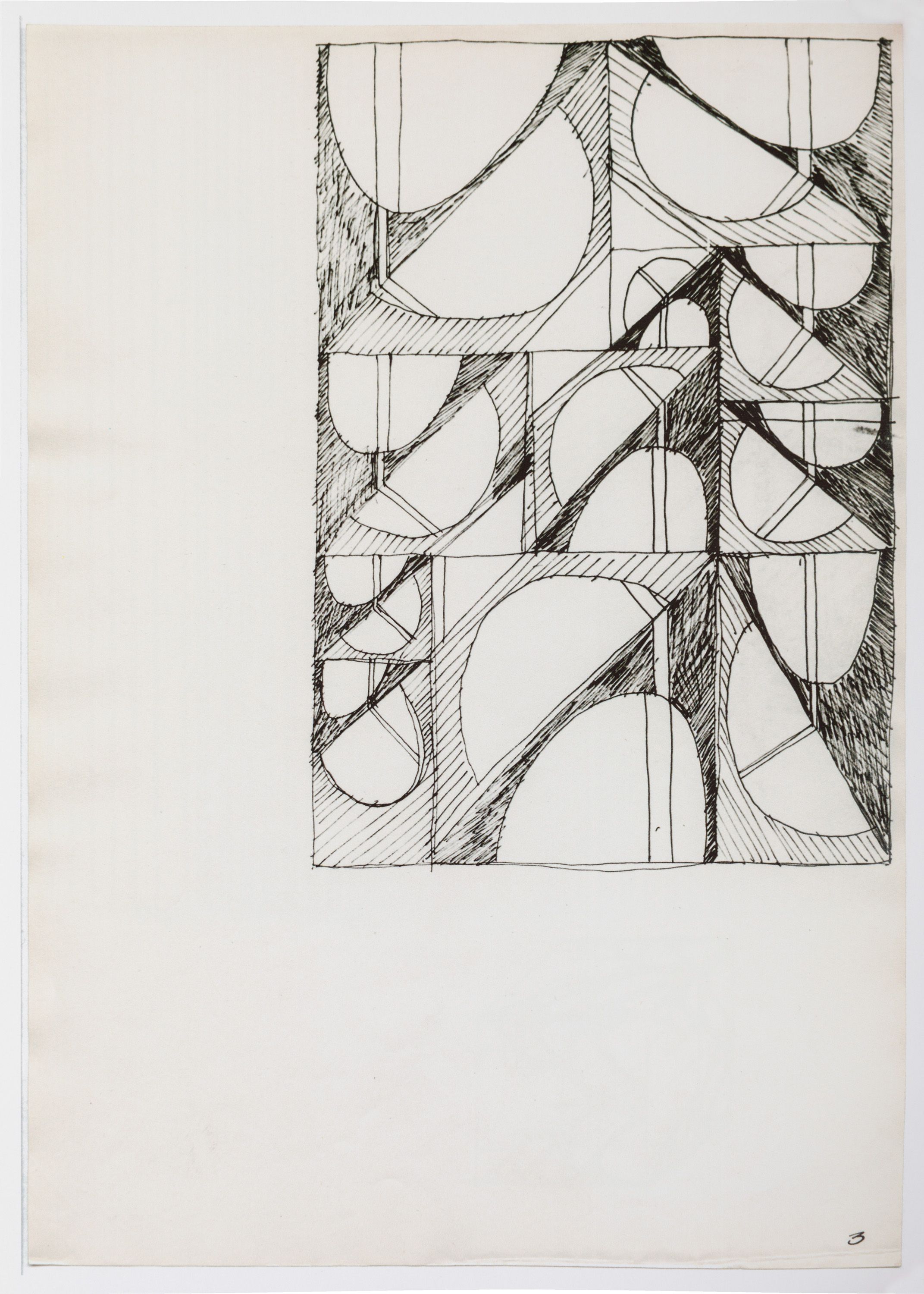
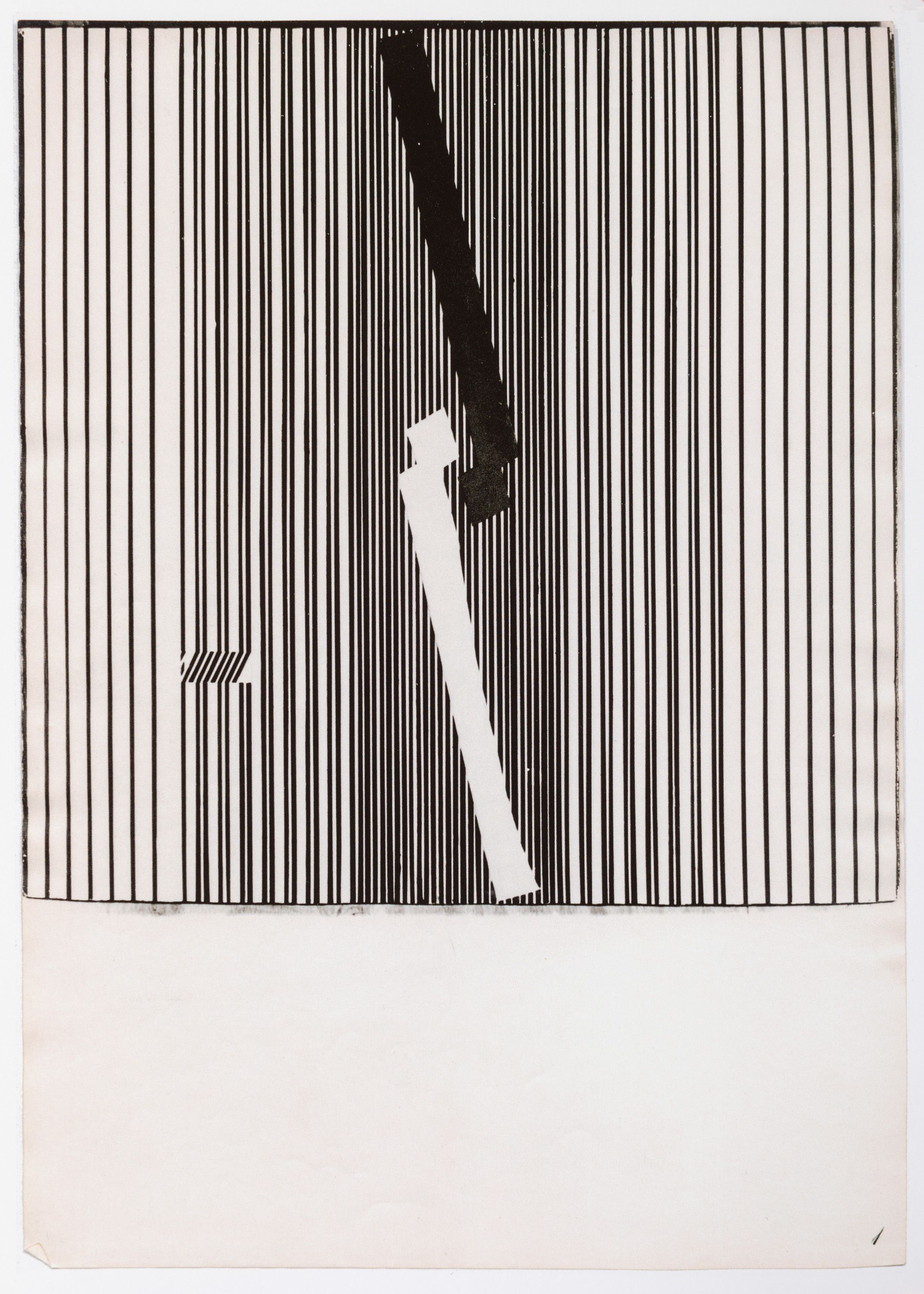
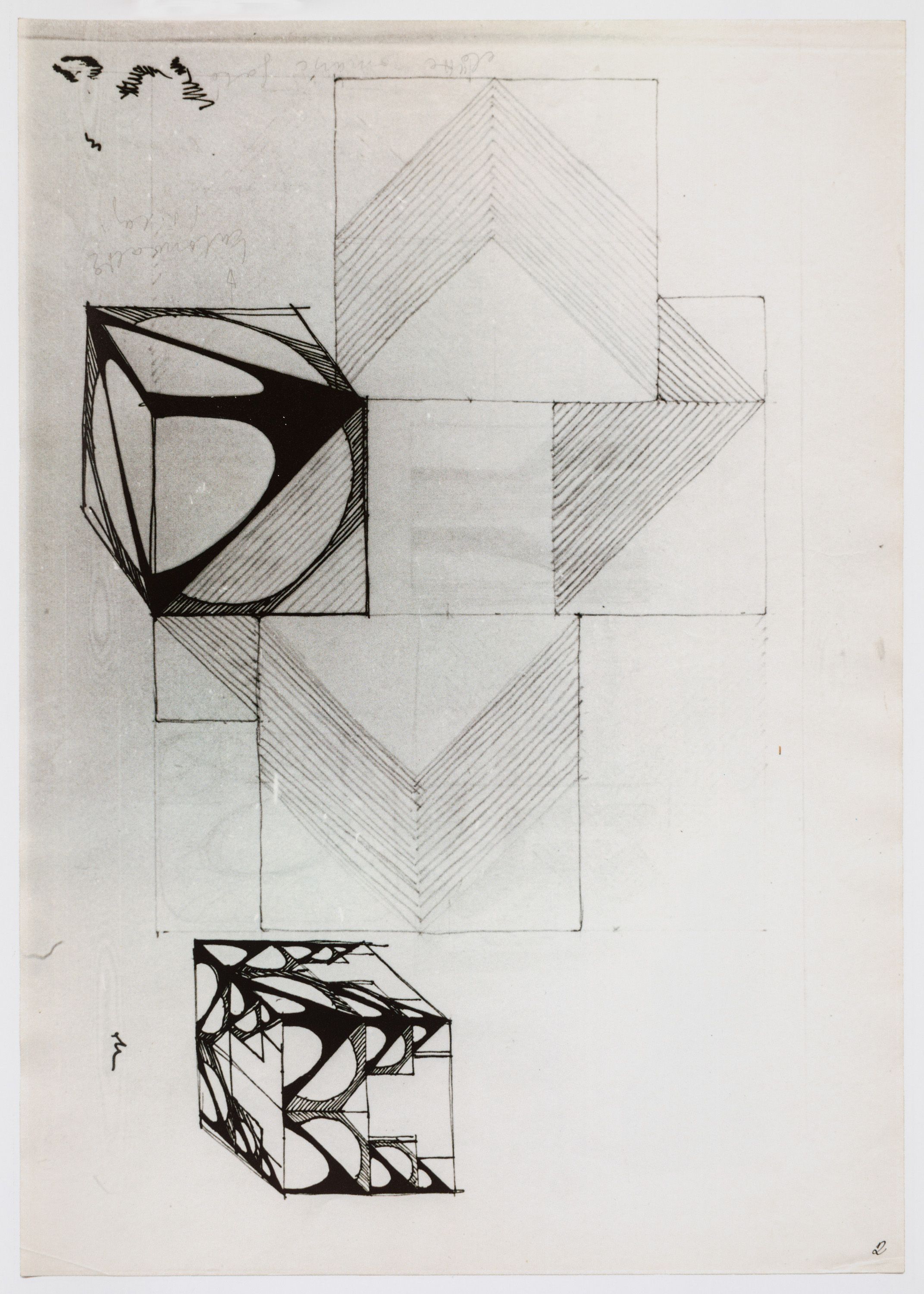

Kálmán Szijártó
Arcs, 1972
enamelled steel plate
200 × 50 cm
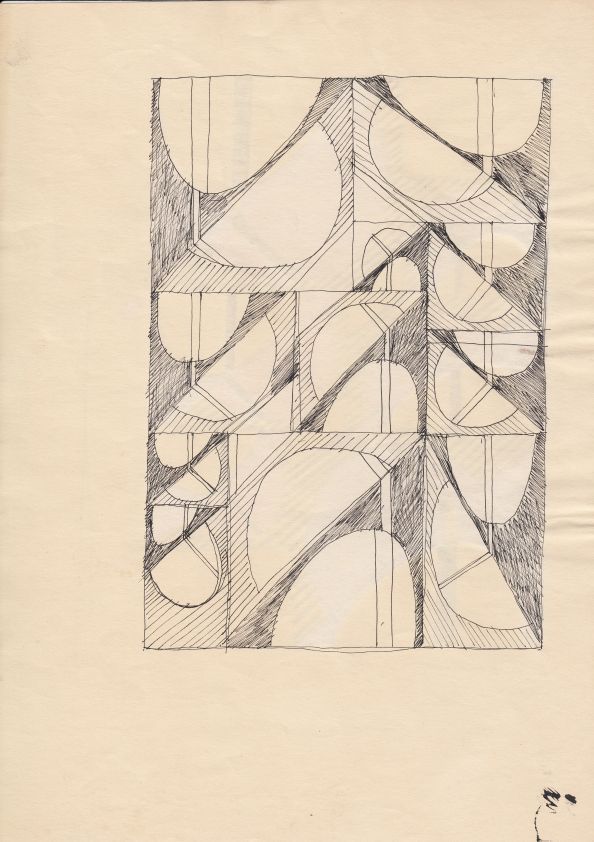
Kálmán Szijártó
Imagination, c. 1970
pen on paper
30 × 21 cm
Inquire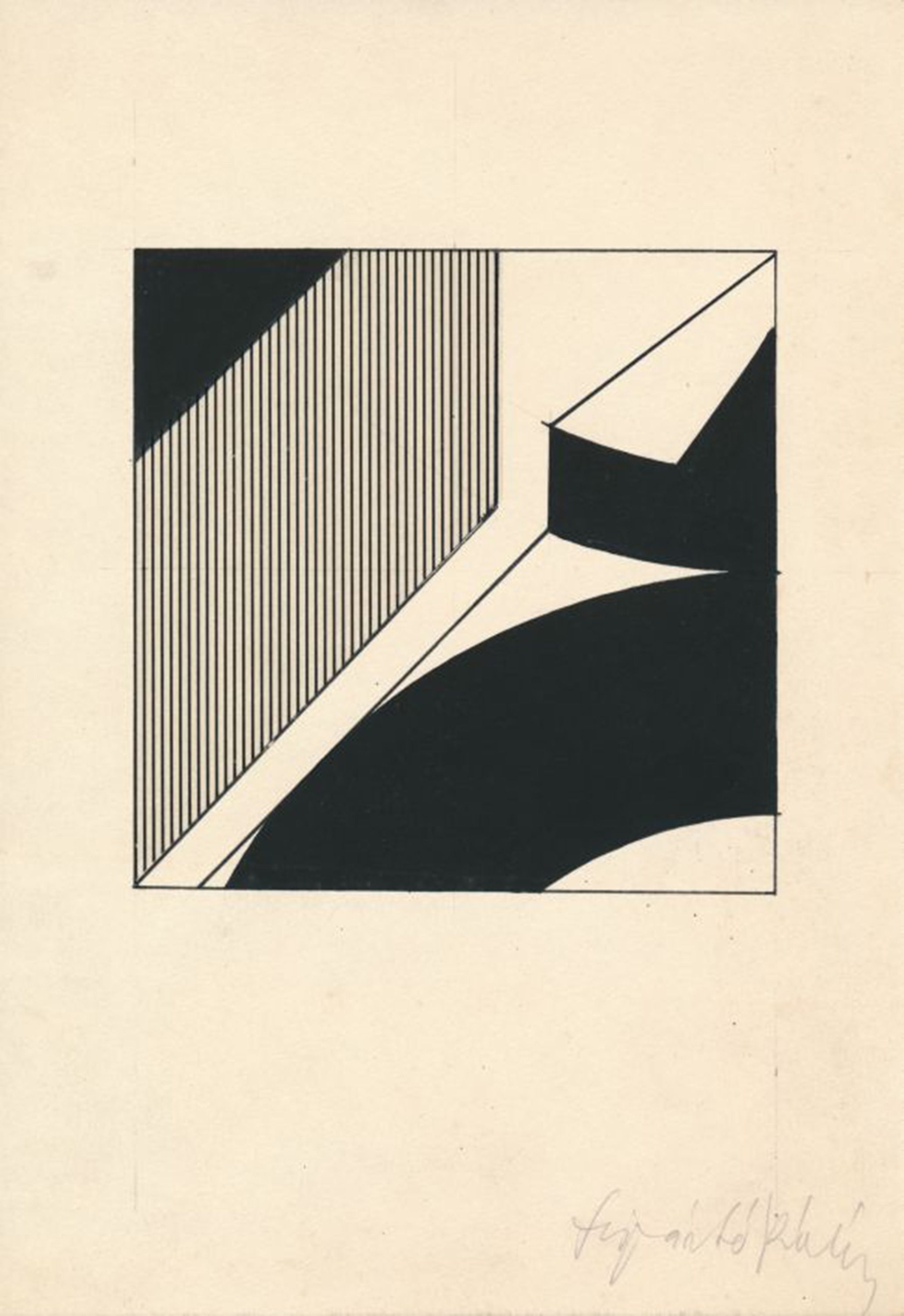
Kálmán Szijártó
Untitled, c. 1970
felt tip pen on paper
20.5 × 14.3 cm
Inquire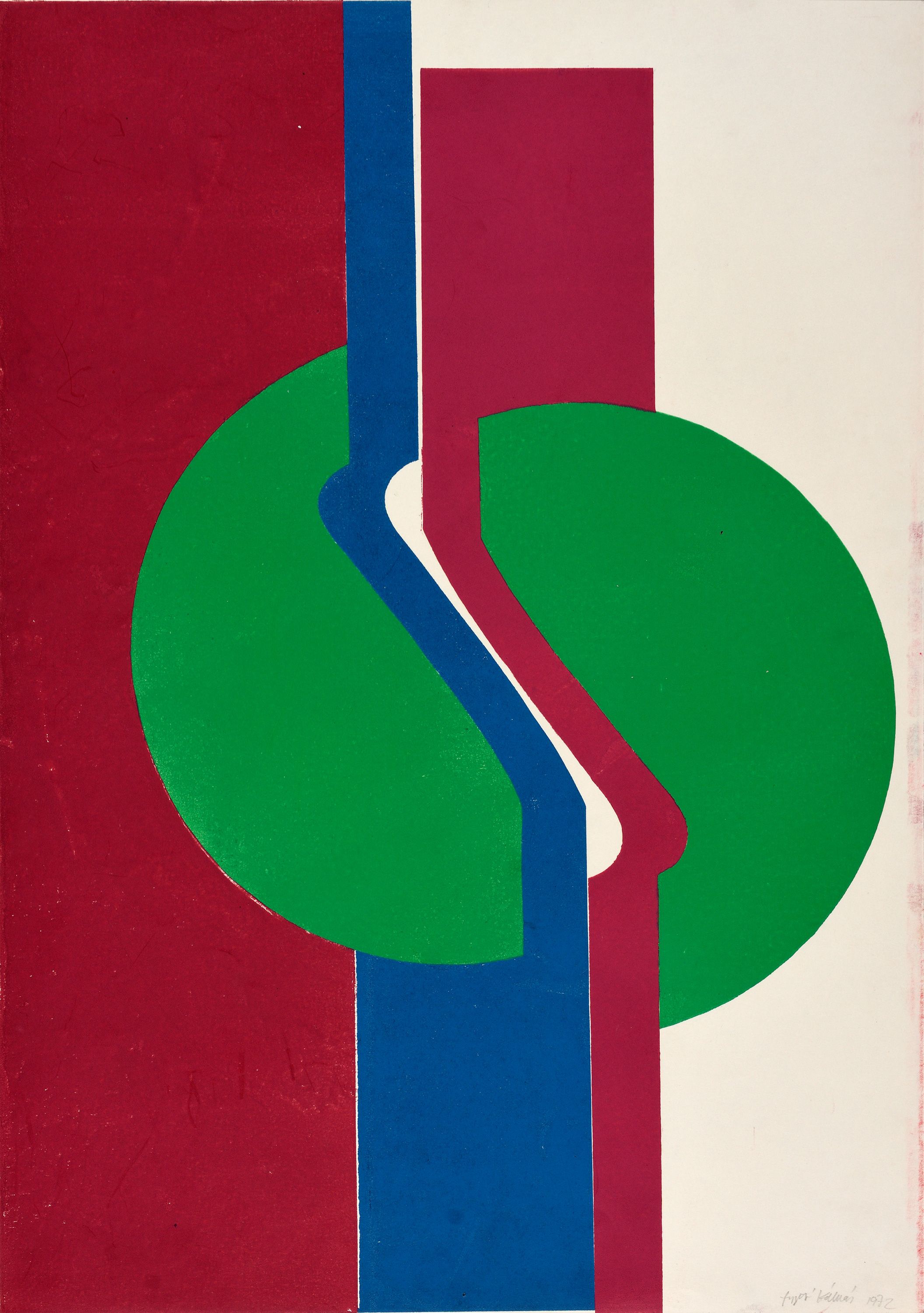
Kálmán Szijártó
Untitled, c. 1971
monoprint screen printing with paper cut outs
61 × 43 cm
Inquire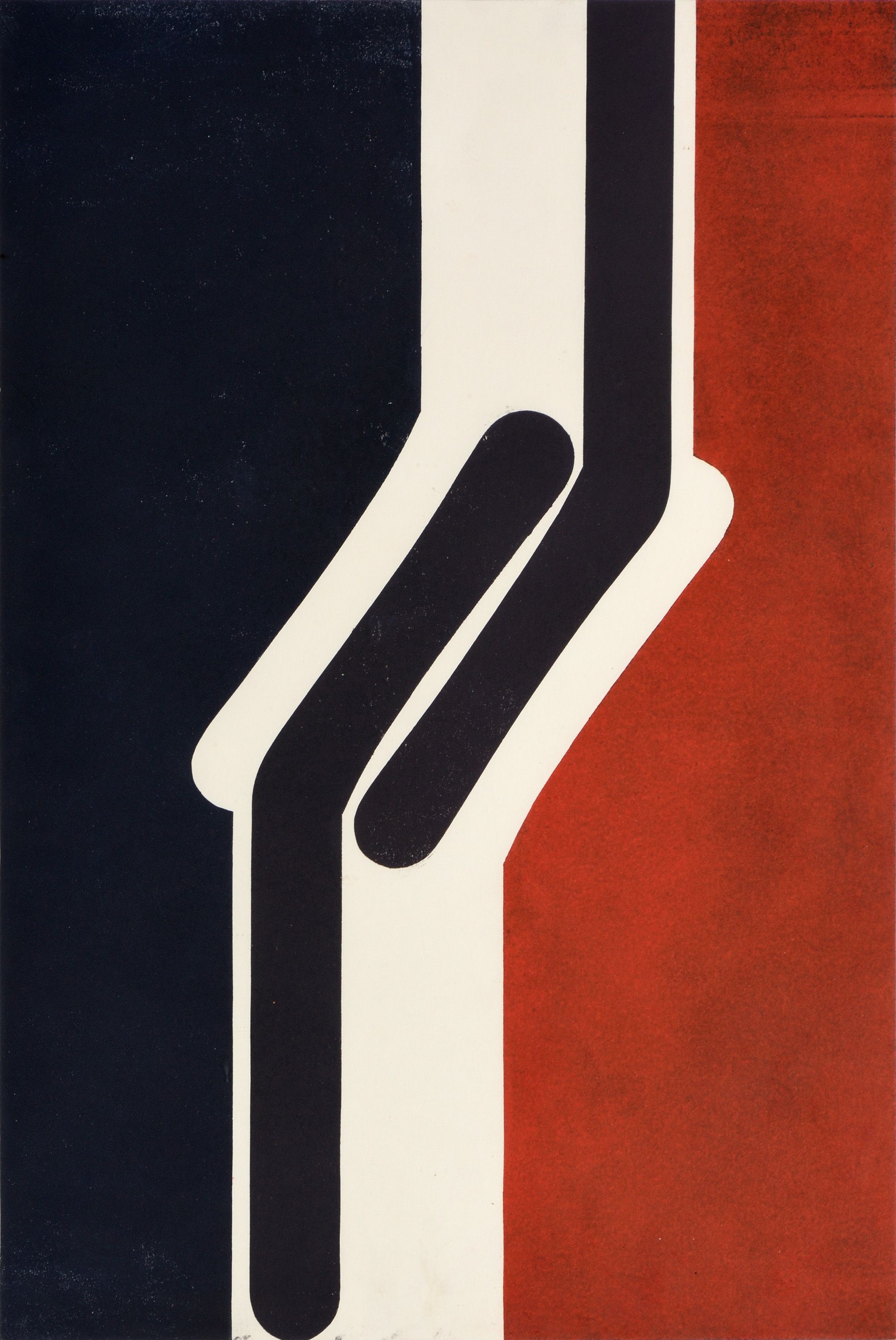
Kálmán Szijártó
Untitled (T/1), 1971
monoprint
53.8 × 35.8 cm
Inquire***
Imre Bak
acb is pleased to present three enamel works by painter Imre Bak, executed in 2022 according to the precise sketches the artist made almost fifty years ago, but eventually never realized. The editioned works have been created in the Enamel Factory in Bonyhád under Bak's supervision.

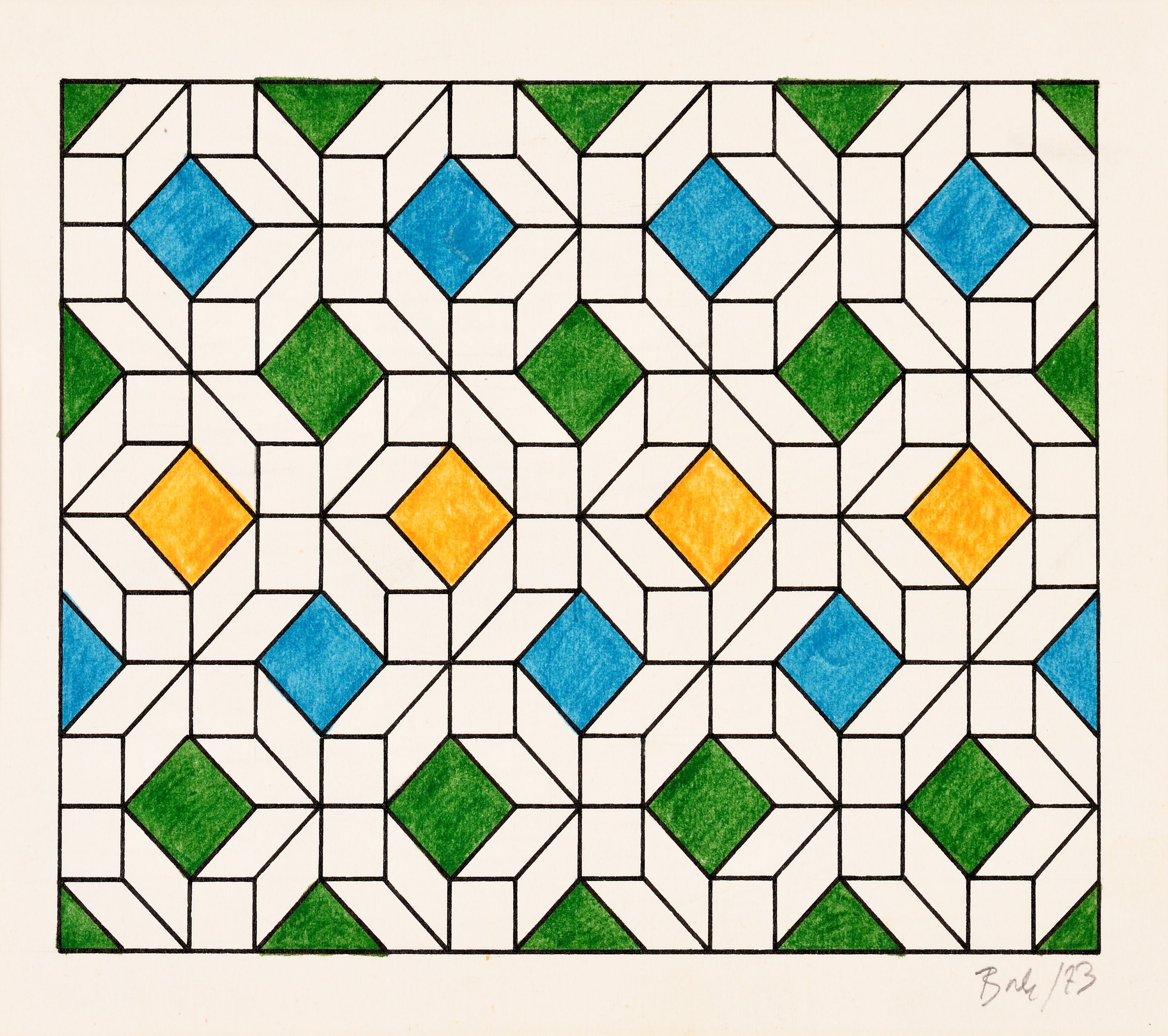
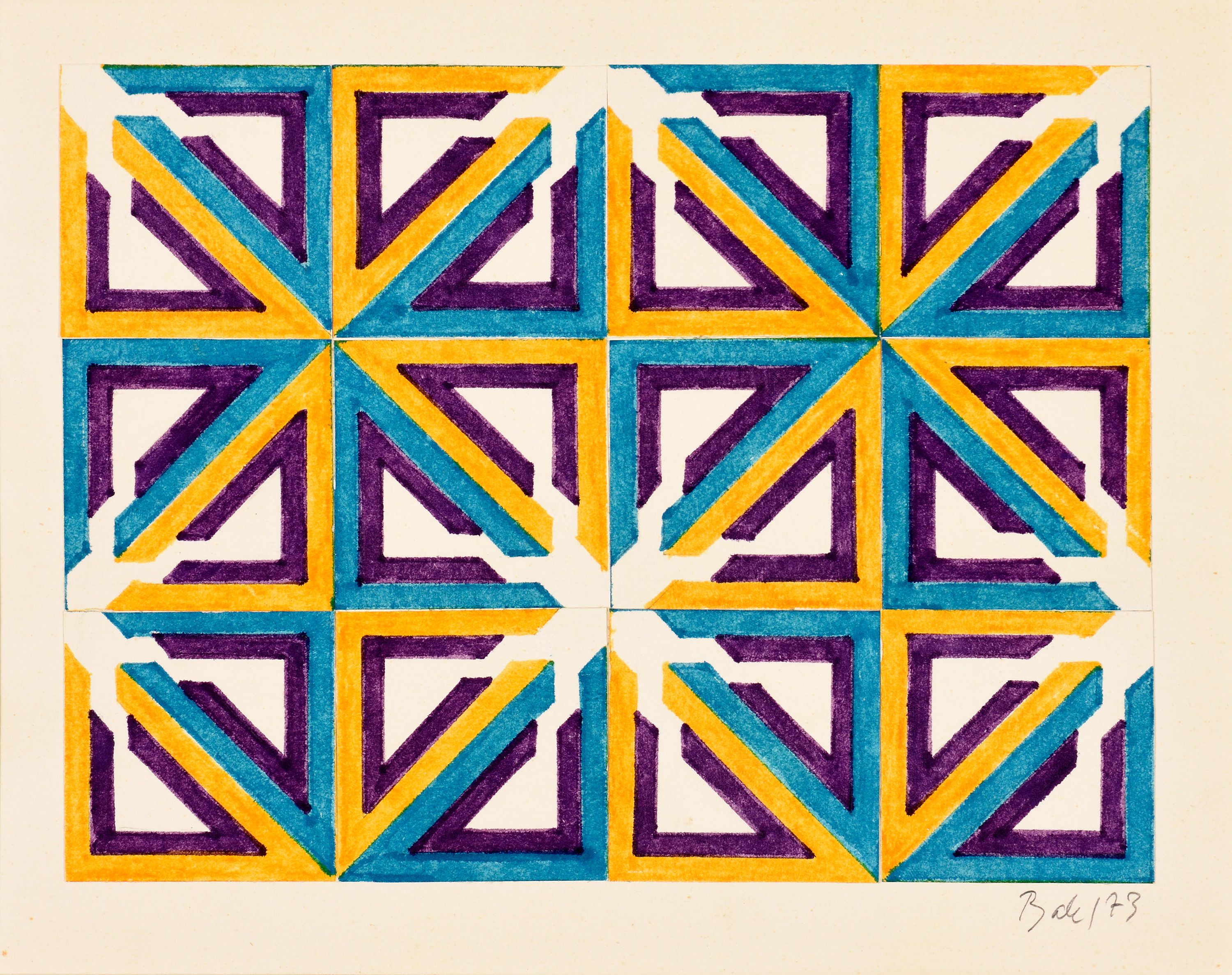
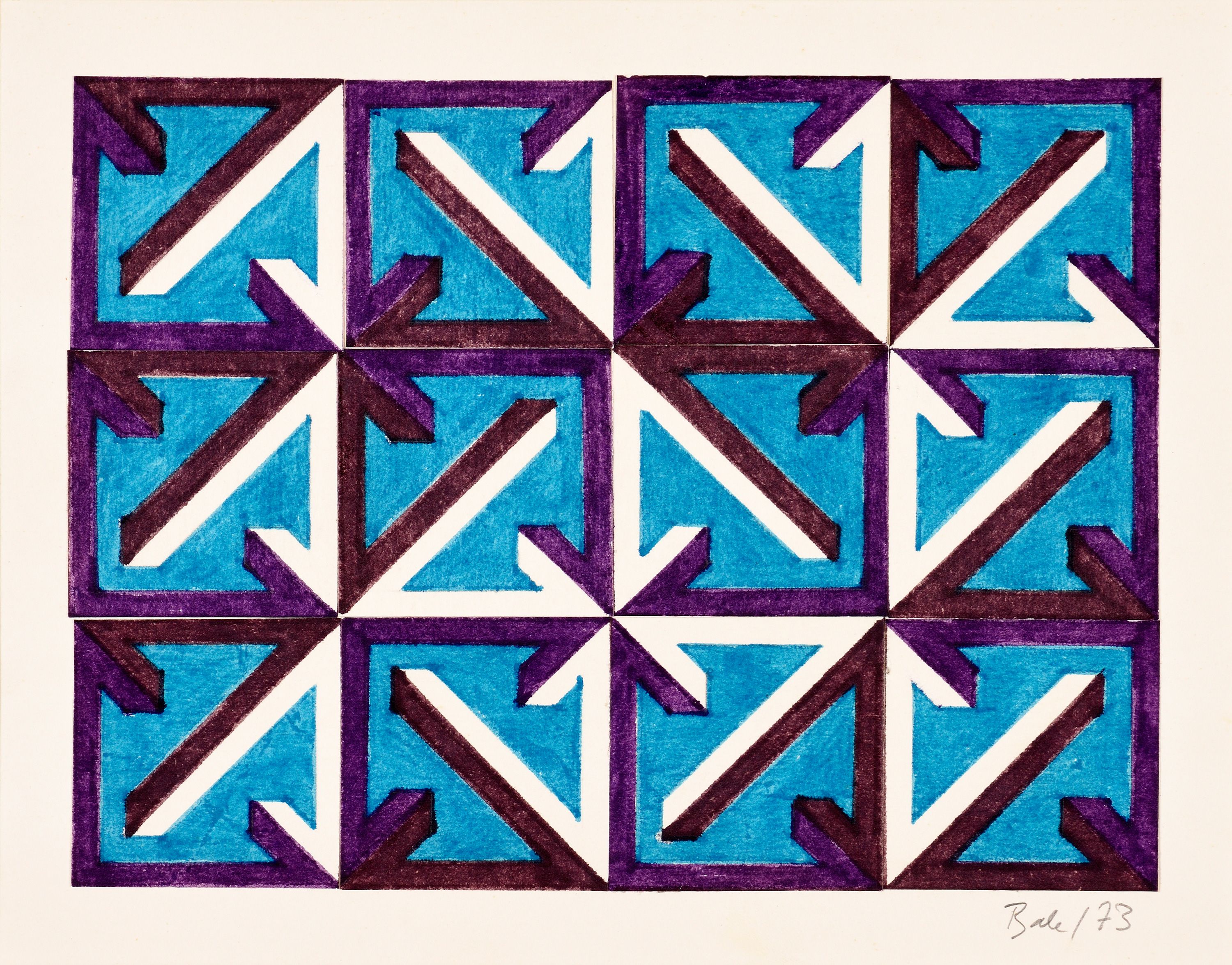

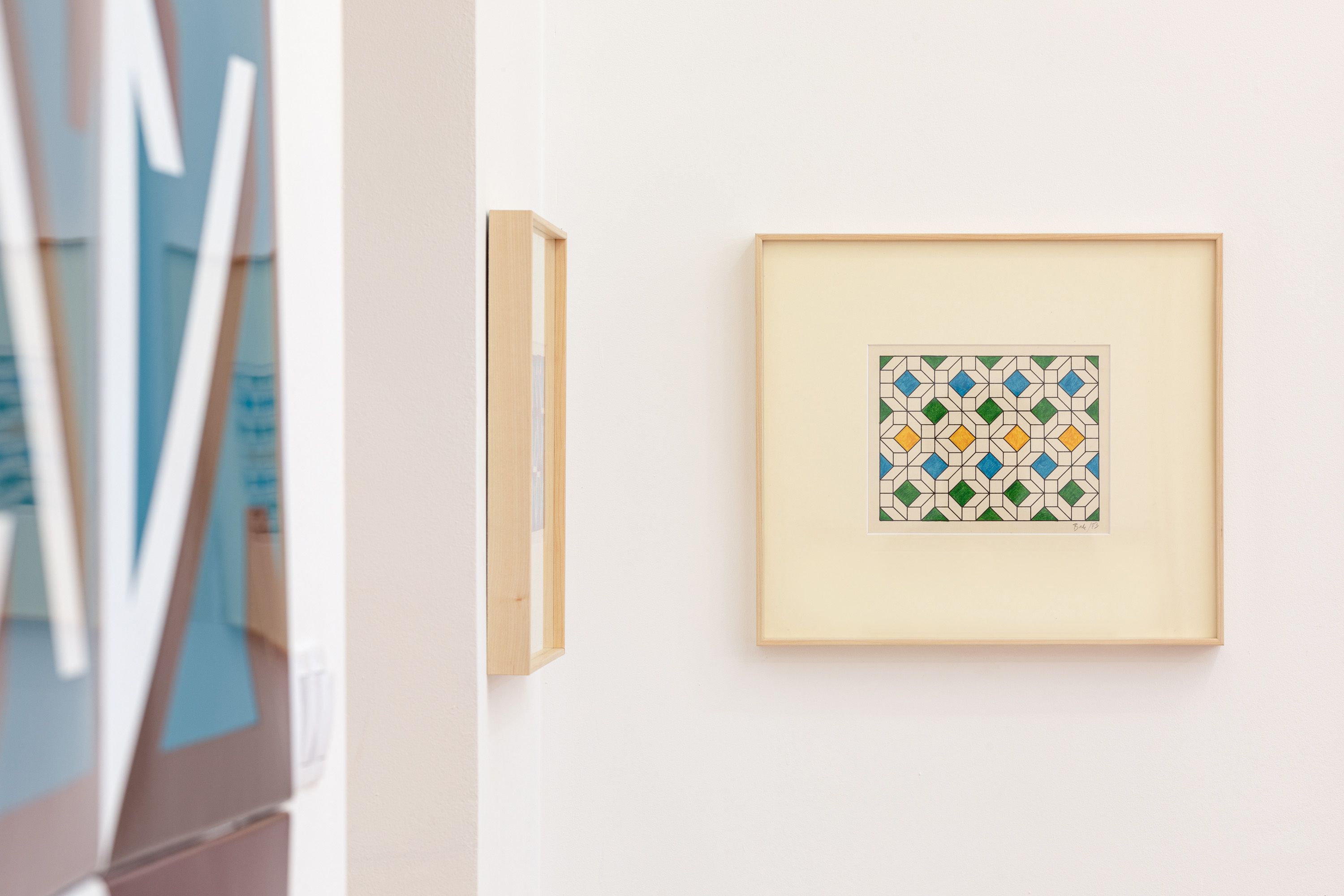
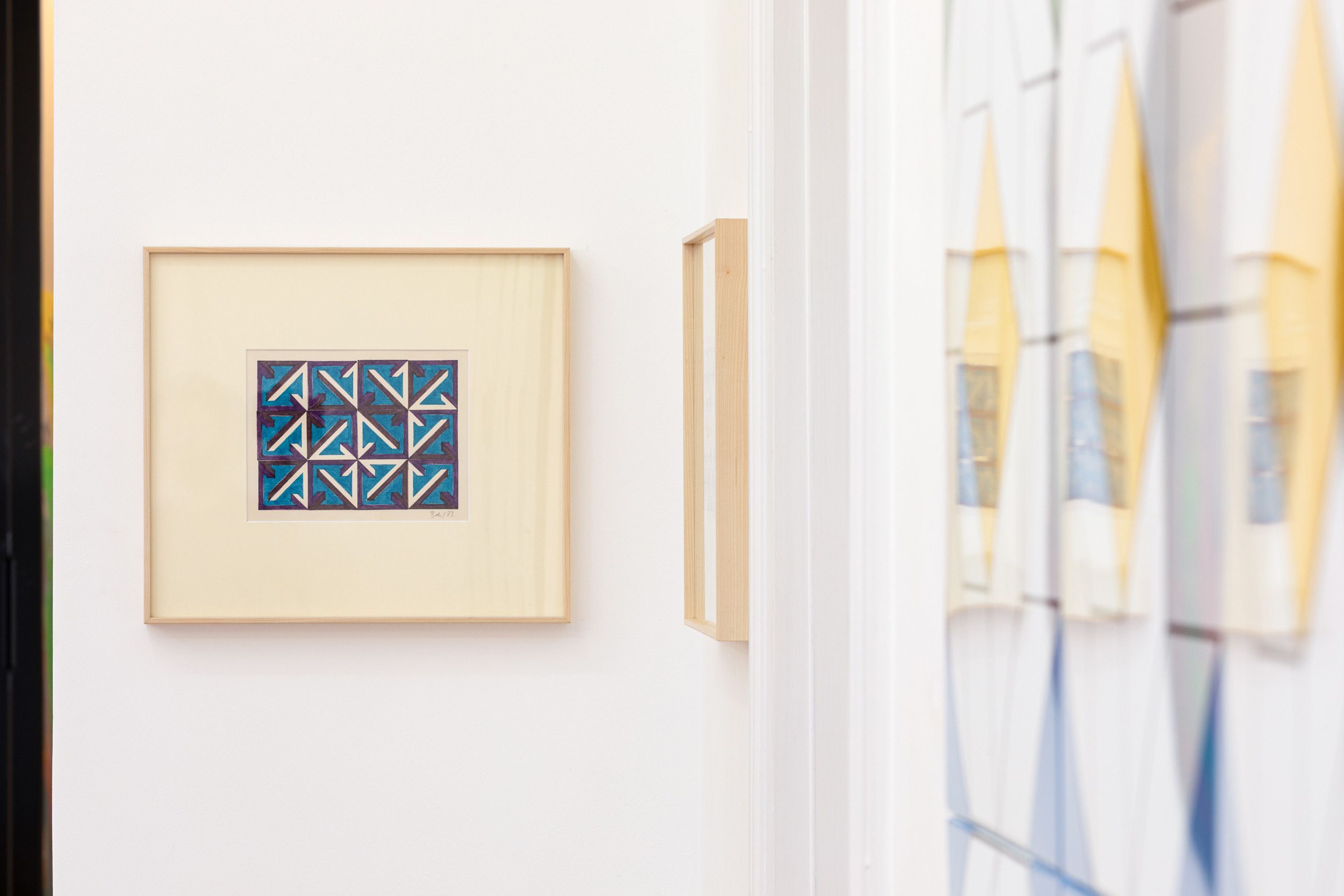

Imre Bak: Untitled
enamelled steel plate

Imre Bak: Untitled
enamelled steel plate
Interview video
Space Marks - Sándor Pinczehelyi, Imre Bak
video 41’55”, acb, 2022
Camera: Benedek Bognár
Editing: Bendek Bognár, Zsuzsanna Simon
Concept, script: Kata Balázs
Translation: Zsófia Rudnay
The exhibition Space Marks organized in acb Attachment was co-funded by the governments of the Czech Republic, Hungary, Poland and Slovakia through a grant from the International Visegrád Fund. The show marked the first stage of acb ResearchLab's investigation focusing on the history of the symposia/art camp movement in Hungary, implemented in an international research project.
We are grateful to Zsuzsa Varga for her permission to publish several relevant pages from the book Imagination/Idea. The Beginnings of Hungarian Concept Art, László Beke's Collection, 1971 (ed. László Beke, OSAS, 2008).
photos: Dávid Tóth
